Midsummer weekend, 9 p.m., Sissinghurst
Happy Solstice
The summer solstice, the longest day of the year, is always a special holiday in our household. This year we stayed outside as long as possible, enjoying a sunny 9 p.m. walk through fields growing head-high crops. Back home, we made a bonfire and sat around it talking as the twilight stretched out above our heads. The solstice is all about the sunlight, and this year we swam in it.
Happy Solstice, wherever you are celebrating.
Sugar rush of spring tulips
Two weeks ago I drove to North Yorkshire for the Harrogate Spring Flower Show. En route I bought a box of three doughnuts: salted caramel and chocolate, nutella, and biscoff cookie. Not only was each doughnut decorated with its chosen poison, it was stuffed with it inside too. My husband and I sat in the car at a rest stop parking lot, cold rain pouring down outside, as caramel and frosting dripped down our chins. It was more sugar that we both usually eat in months, but in that moment it was exactly what I wanted...until it made me sick.
This post is a bit like those donuts. What follows is a sugar rush of spring tulips in colors bright enough to make your eyes ache. Subtle, no, but so satisfying after a long, cold English winter. Most images were taken at Sissinghurst April 22.
Tulipa 'Sanne' and 'Chato', above.
'Amazing Parrot,' in the foreground, above.
A new favorite, sadly unidentified, tulip at left and below, along with a longtime love, 'Belle Epoque,' right
Trial beds in the cut flower area of the Sissinghurst nursery.
Two new favorites are the Rembrant tulips 'Insulinde,' left, and 'Absalom,' right, and growing together in my garden below (with a rogue 'Acuminata'). I love the Rembrants because I am a big fan of a Dutch floral still life painting, and these are some sexy tulips. I haven't always liked tulips, most likely because I was familiar only with the huge, primary colored goblets that seemed too simple and artificial for my taste. But this year, with the discovery of some more sophisticated varieties in a greater range of colors, I am a new fan.
As lovely as all these tulips are, it's been a tricky year for them with many British gardens being hit by tulip fire disease (Botrytis tulipae). I first noticed it at Great Comp garden, below, at their spring fair on April 15, but I have since seen it at Sissinghurst, Great Dixter, my own garden, and the garden I manage for work. Even the well-known garden designer and plantsperson Dan Pearson has reported it in his garden. This fungal disease is characterized by small round lesions on the leaves and petals of the tulip which spread until the entire plant succumbs in a withered heap. It's a nasty pathogen that can remain active in infected soil, thus it's recommended to immediately lift and burn all infected plants and refrain from planting tulips back in the same area for at least three years.
The earliest tulips were definitely hit the hardest, which makes sense as cold, wet weather conditions play a large part in this disease and we had a very late, rainy and frosty start to spring. Certain varieties got it worse than others, and the late-flowering varieties seem comparatively unscathed. I'm curious about how other large gardens are planning to manage the disease, and haven't heard a definitive plan from anyone. It's a tricky call to make with lots of money in bulbs and labor on the line in large-scale plantings. I plan to lift and destroy the worst of the plants at work, making a record of their locations, and then this autumn plant fresh bulbs in new areas of the garden where the soil hopefully isn't as contaminated. I also plan to use a preventative fungicide spray as the foliage emerges from the ground next spring. Hopefully that will keep the worst of it at bay and with luck the weather might be better for tulips next year.
Spring at Sissinghurst
On Sunday I visited Sissinghurst early in the morning, before it was open to the public. It's a privilege to be able to see a garden that gets 200,000 visitors a year completely empty, but now that I have been so spoiled I've got no interest in filing through with the masses. The garden, which during the high season can feel like an overcrowded theme park as coach loads of visitors donder through, reverted to what it was originally intended to be: a quiet family home and refuge for artists and writers. I know Head Gardener Troy Scott Smith is keen to return the garden to its relaxed informality, with the little spots of "imperfection" that characterize domestic gardens. I look forward to seeing how his vision manifests himself in such a high-profile National Trust property known for capital-H horticulture.
I didn't see much imperfection on Sunday, but what I did experience was a total bombast of spring color and fecundity so overwhelming I was left reeling from overstimulation. If I have one criticism of Sissinghurst it's that the garden is so intensively cultivated that there is little breathing space. Walking around it I longed for a visual resting place, and I think it shows in my photographs. There was just so much happening in every nook and cranny that I walked in circles, forward and back, and kept seeing new views from each angle of approach. As much as I love the full-on gorgeousness of it, it also left me with a reeling with an impressive headache. Yet this over-the-topness is what Sissinghurst is know for, and part of why this grade 1-listed garden is often held up as the epitome of an English Arts and Crafts-style garden.
My favorite part of the garden on this visit was the Nuttery. This area was expanded this past winter by Sissinghurst gardeners, who added a new path and plants between the garden boundary and the central block of Kentish cob nuts (Corylus avellana). This new planting looks promising, and as wonderful as the soft bark path was to wander down alone, I am not sure how it will hold up to the intense foot traffic on the way.
What I loved most from the entire visit was this backlit view of the Nuttery and its more established central planting beds. The sun coming through the brand-new ostrich fern (Matteuccia struthiopteris) fronds and picking out the different foliage shapes--all in shades of lime green--was mesmerizing.
The overall effect was great, but even more interesting detail was happening at ground level. When viewed at a distance euphorbia, anemones, tiarella, epimediums, trilliums, oxslips and more made a green carpet, but up close the combination was startlingly detailed. I spent a very long time lost in what was essentially groundcover, a utilitarian planting style that in many gardens often seems like an afterthought. Not so at Sissinghurst, where it was the star of the spring show.
I am fortunate to be able to visit Sissinghurst regularly, and I look forward to seeing how it changes as the year progresses. Stay tuned for the spectacle Sissinghurst is most known for: roses!
Early purple, spotted
I was walking near my house tonight when I spotted my first native British orchid of the season: an early purple (Orchis mascula). It was growing in a small patch of woodland between two farm fields, right beside a public right of way. This orchid was a welcome distraction from faceplanting in a sodden field not two minutes before, my boots stuck six inches in mud and impossible to extract without sacrificing my dignity and clean clothing.
Further up the path I spotted another of springtime's pleasures: lambs. There's nothing quite like standing in a (still muddy) field for the better part of an hour watching these little creatures kick their heels up and jump about, playing on hillocks and downed trees. From where I live the sound of ewes calling to their lambs is a constant background noise that punctuates the spring songbird chorus.
All may look well, but this harsh and prolonged winter has really taken its toll and these lambs are lucky to still be frolicking. A local nursery man speaking at the Great Dixter spring plant fair last weekend said the weather we've just come through was a once-in-a-lifetime event for this area of England, and some experts I follow say the season is running up to four weeks behind usual. I am facing a lot of plant damage in the garden where I work, and it will require patience in order to assess its extent in the next few weeks and then possible removal and replacement of large, established plants.
Damage to ornamental gardens is one thing, but more importantly the British food supply and the livelihoods of farmers will take a big hit. This article explains more of what we should expect in the months to come. For now, though, its definitely a watch and wait situation as spring tries its best to shake off winter. Thank goodness there are orchids and lambs to distract us in the meantime.
The new cold frame
This past winter my husband gave me one of the best presents I've ever received. Starting December 1, he presented me with an Advent calendar made up of a collection of brown paper envelopes embellished with beautiful dried leaves. I was to open one envelope each day throughout the month. Inside each envelope was a packet of seeds, carefully chosen to reflect plants that hold special memories or that we'd talked about growing before we ever had the space to cultivate. And thus, in the darkest days of winter, our first garden was born.
Around Valentine's Day I got another nice present. We commissioned a local carpenter my husband knows through work to build us a cold frame. I never had a cold frame in Virginia, but I really came to see their value studying in Scotland, where cold frames helped nurture seedlings through protracted British springs. We have the perfect spot for one here, on a south-facing wall of the house with the solid concrete driveway base beneath.
When the base of the cold frame arrived we added a roof and some hardware then got to work sowing all those Advent seeds. It's a messy business done inside at the kitchen table, which sits on white carpet, so a glasshouse and potting shed are the next big items on our garden wish list.
We pricked out a bunch of seedlings last weekend (above), and the image below taken today shows they are settling in nicely.
The extreme (for England) cold and snow has really set spring back this year--some people saying by as much as four weeks--so some of our little plants aren't taking off quite as quickly as one would expect. But I'm sure that under the soil they're busy putting down new roots and as soon as the temperatures rise a bit they'll be off. In the meantime they are snug and protected in our beautiful new cold frame. It is a joy to watch them grow. Every evening when we get home from work we open the cold frame and gaze at our seedlings for a moment, then shut the lid and head inside. As my husband says, they're the best kind of children. I agree--if they misbehave we just toss them on the compost heap.
Now if it would just stop raining so we could finally get our planting beds prepared, the 2018 garden season would be well underway!
Late Winter at Great Dixter
Last weekend a good friend and RBGE classmate paid a flying visit before embarking on the prestigious Triad Fellowship, a year-long journey that will take him to Longwood Gardens in the U.S., Hidcote, and Japan. We took him around Sissinghurst then drove down to see what was happening at Great Dixter. Though Dixter isn't technically open to the public in winter, we walked in and found a garden with so much to offer despite the earliness of the season.
The usual winter-interest suspects were all present. The hellebores, snowdrops, and first narcissus were flowering, red Cornus stems glowed, and the crocus backlit in the low sun looked like handfuls of cut-glass gems had been tossed across the lawns. But what was different from many winter gardens I've seen is how these predictable plants were combined with more exotic and unusual plants that shook up the expected paradigm with great effect. The Great Dixter gardeners have added Euphorbias, Astelia chathamica and bamboo along with conifers of all shapes and sizes to the winter mix, above.
Cotoneaster, above right, has a reputation as car park plant, but I like it for many reasons. In winter it has a delicate structure that reminds me of fishbones, followed in spring by small white flowers reminiscent of Crataegus (hawthorn). It's unsurprising as the plants are closely related, both members of Malinae, the apple subtribe of the Rosaceae family. Cotoneaster grows little glossy leaves in the high season and its bright red berries heading into winter complete its four-season interest.
Whether it's Erigeron karvinskianus spilling from the characteristically-Lutyens circular steps or these self-seeded hellebores above, gardeners at Dixter don't shy from encouraging plants out of their bed into paths. It's a lovely effect, but hard to achieve in many public gardens because of the amount of foot traffic. Yet instead of bowing to the masses, Great Dixter instead asks a lot of its visitor: To walk through this garden you have to pay attention. Branches overhang paths, possibly poking eyes, herbaceous plantings grow head-high, limiting movement, and perfect vignettes grow right underfoot. Woe be it to the careless wander who'd trample a hellebore.
With each visit I make to Dixter I understand the Exotic Garden, above, a little more. This time it was looking hard-hit by our recent spell of record-cold weather. The Exotic Garden has always pushed the limits of hardiness in order to grow more tropical and subtropical plants, so it will no doubt be informative to see what recovers and what's lost. What I liked about this winter view was how it felt like I was on a stage set. The giant plants wrapped in straw and bamboo felt like set dressing, like at any moment they could burst open and undergo a total transformation, which they'll no doubt do with warmer weather. It was a novel feeling for a garden visit, and one I enjoyed even as others might just see the death and dishevelment of a harsh winter.
I don't love crocus, disliking their weak necks and tendency to flop face-first into the inevitable winter mud. But I didn't mid these great swathes covering the meadow at Dixter, and I think it's come down to two reasons. First, I saw them backlit in the sun, and they made the entire field sparkle. Second, there's not a yellow crocus among them. I don't like a lot of yellow flowers, and I especially hate yellow and dark purple together. So the usual white-purple-yellow triad of crocus has always left me cold. Take away the yellow, though, and I've had to re-evaluate my anti-crocus stance.
Our eyes were all caught by the distinctive form of the grass, at right, in front of the peacock topiary. We spent a good deal of time trying to figure out if this groomed configuration was the product of perfect combing at the hands of a loving gardener or if it was natural growth. Or maybe it was the wind? These are the kinds of chats you have when a bunch of garden geeks get together. We were in heaven, but you've been warned.
Great Dixter is known for its exuberant, incredibly full planting style. In the high season its often difficult to walk around the garden because the plants are so lush and thick. This could make it difficult for gardeners to tend the carefully curated (yet artless-appearing) displays. One system that helps is to use bamboo canes, above to demarcate the locations of plants on the ground. These canes provide a road map, a hidden guide that allows gardeners to swap plants in and out of complicated combinations. It's a useful trick I may use someday.
The portico of Christopher Lloyd's house is always one of my favorite spots in the garden. It always has a novel and usually thought-provoking display. I've heard the current head gardener, Fergus Garrett, has a thing for exotic conifers and is incorporating them throughout the garden. I love that this display is a collector's passion project that showcases the amazing diversity, and beauty, of conifers.
And finally we ended up in the nursery, a pristine space packed with unusual plants. It always makes me happy to visit the Dixter nursery, which is orderly yet feels academic in the amount of information provided about the plants on offer. We spent quite a while here, oohing and ahhing over this and that before retiring to the pub to chat plants and gardens over beers. Just like old times, and a lovely day. Yet again, Great Dixter proved inspirational and exciting, even in late winter.
Kicking off: The 2018 garden season has begun
Thanks to a heated propagator, the sweet pea seeds I sowed at work a week ago are already germinating. The tenderness I feel toward these tiny translucent stems, so delicate yet incredibly robust in their intent to thrive, is the closest I'll ever come to a maternal instinct. The seedlings are working perfectly. Now it's just up to me to keep them alive.
Pruning in the walled garden, February
The wind is blowing at 20 mph, making it feel like -5°C (23°F). I'm at the top of a 12-foot ladder as first rain, then snow, then sleet blows around me, rocking the slender aluminum support that's the only thing holding me in the the air. My steel-toed wellies slide on the metal rungs, my five layers of clothing making me as graceful as a rubber-suited snowman. I clutch at wisteria, at icy wires fixed into old mortar by improbably slim metal vine eyes. My wet pruners slip from my hand and fall, the open blade thwacking two inches deep into the mud below. All I hear is wind.
Down on the ground to retrieve my pruners I give up on ladder work and turn toward a climbing rose that needs pruning. I untie it and carefully tease the long canes out from where they'd been stuffed behind wires. My mouth is full of muddy lengths of flexi-tie. It's the easiest place to store them when it's too wet and cold to root around in pockets.
My gloves are soaked through and anyway it's impossible to bend and tie stiff rose canes wearing them. I take off my gloves and throw them to the ground. In just a few moments my exposed hands become so cold they burn with pain and I'm having trouble feeling what I'm doing. A rose cane under pressure springs out of my wet grip and lands a thorn into the back of my finger, right into a vein. I'm too cold to feel it but a bright stream of blood spouts in an instant. It flows down my finger, down my hand, then down my wrist. I stare at the blood, fascinated that one thorn could unleash such a torrent. My hands are so cold. I want to put my gloves back on because even wet at least they'll block the wind. But do I really want to wear a glove full of blood for the three and a half days left in this week?
It's too cold to think straight. I smear the blood across my dirty waterproofs. Later I'll wipe mud from around my mouth. Even later that night my husband will take my hand and notice the purple discoloration of internal bleeding puddled under my skin the entire length of the thorn-stabbed knuckle. When I examine it I'll find next to the bruise another rose thorn buried a quarter inch deep in my skin. We've been pruning roses since October; by now I know the drill. I'll sterilize a sewing needle, rootle around in my flesh, and the blood will run down my hand again.
Mud season
It's that time of year again when the post-holiday reality of winter has set in and the ostensibly lengthening daylight seems to take one step forward and two steps back. In this part of the world sun is in short supply, and every week seems to bring gales and downpours. When it's not storming it's just miserably mizzling, hiding the sun for days on end.
It's a real struggle to keep the faith, especially when the ground is too sodden to spend much time working in my own garden. Last weekend I tiptoed around slicing newly germinated weed seedlings from the clay mud. I might as well have been making bricks.
One antidote I turn to every year is a long walk with the purposeful intention to hunt for beauty and emerging signs of spring. Yesterday I rambled (well, squelchily slid) a few miles around a nearby forest. Aptly named Moor Wood, it is a little patch of clearly acidic soil hosting many of the plants I so strongly associate with Scotland. Bracken and brambles, heather and rhododendrons, ferns and lichens galore. I suspect these patches had been planted as game cover for a large estate many years ago. As if on cue, I flushed a woodcock from the undergrowth.
Nearer the villages were more definitive signs of spring, such as this day-glo patch of tiny Cyclamen coum growing along the (muddy) path.
Snowdrops are beginning to bloom, narcissus are budded up, and I saw the year's first blooming native primrose, Primula vulgaris.
So despite the mucky days of late winter there is hope to be found. And even if I don't love the mud, I did come across someone who seemed perfectly happy, ankle-deep and loving it.
The cut flower garden comes to life
I've started planning the cut flower garden at work, which I'm to be in charge of from design to planting, tending, and harvesting. I'm working with seed left over from last year, which is an intriguing constraint and a bit of a gamble that could keep me on my toes. I may be able to sneak in a few more things I feel are missing from the stash, such as greenery and fillers.
This assignment is timely as one of my Christmas presents was the wonderful Floret book of cut flower farming. I've followed Erin's farm for years online and have nothing but respect for her flower business, visual aesthetic, work ethic, and most especially her willingness to share what she's learned to empower other would-be flower farmers.
Growing cut flowers was one of my favorite aspects of gardening at my farm in Virginia, and it's something I've done since I was given a few packets of zinnia seeds as a kid. Now that I'm sitting in the head gardener's office of a beautiful garden in southern England, I keep pinching myself that I am getting paid to do something I love so much.
Most of gardening in winter is an absolute slog: one is always covered in mud, burning calories just to stay warm in cold, snow, wind, and rain whilst doing the most labor-intensive tasks of the year (shoveling compost, digging over beds, large-scale cutting back, renovation pruning...) But half a day spent planning for spring and summer was a total joy.
2017: Where to even begin?
I've been trying to think of a word that sums up 2017. The first few that spring to mind are uncertainty, change, exhaustion, and adaptation. A few on a slightly more positive note would be wonder, gratitude, and love. In short, there is no one word to encompass the monumental life achievements and transitions of the past year, along with their highs and lows. I am happy to have made it through relatively intact...and looking forward to 2018.
Last year's review post featured lots of exotic foreign travel and and world-class gardens. In 2017 I was too busy to leave the British Isles. I finished my horticulture degree, learned to drive a manual car on the left side of the road and passed my U.K. driving test. I got married, obtained my next U.K. visa, moved to south-east England, bought a car, re-adapted to life in the country, and found and began my first professional horticultural job.
Mixed in with all the life groundwork above were some truly beautiful moments, the finest of which was without a doubt my wedding. There were other highlights including a class outing to the Victorian fernery on the isle of Bute, a trip to Broadwoodside garden in June, a visit from my parents in July, and my first trip to RHS Wisley, which helped assuage the pain of missing Edinburgh's Botanics. A much-needed trip to London this past week topped up my depleted reserves of art, culture, and delicious food. Even simpler pleasures were time spent walking along the Water of Leith in Edinburgh, spotting kingfishers and otters. I walked miles a day in that beautiful city, taking in all I could before I knew I'd have to leave.
Now that I am starting to stabilize into the next phase of my life, I plan on spending 2018 exploring as much of southern England as I can and visiting the many famous gardens planted in this warmer and sunnier part of Britain. I'm looking forward to wearing shorts and sandals for the first time in this country, fingers crossed. I hope to take advantage of living almost within sight of France and generous vacation time to do more trips to the Continent. Along with my husband, I am excited to plan, plant, and tend our first garden--the seeds of which were my favorite Christmas present. Most important, I'd like to gather my strength to plan the next step in my brand-new horticultural career, in which I want to combine my technical gardening skills with my writing and photography to teach people about plants.
Wherever you are, thanks for reading along, and have a wonderful new year.
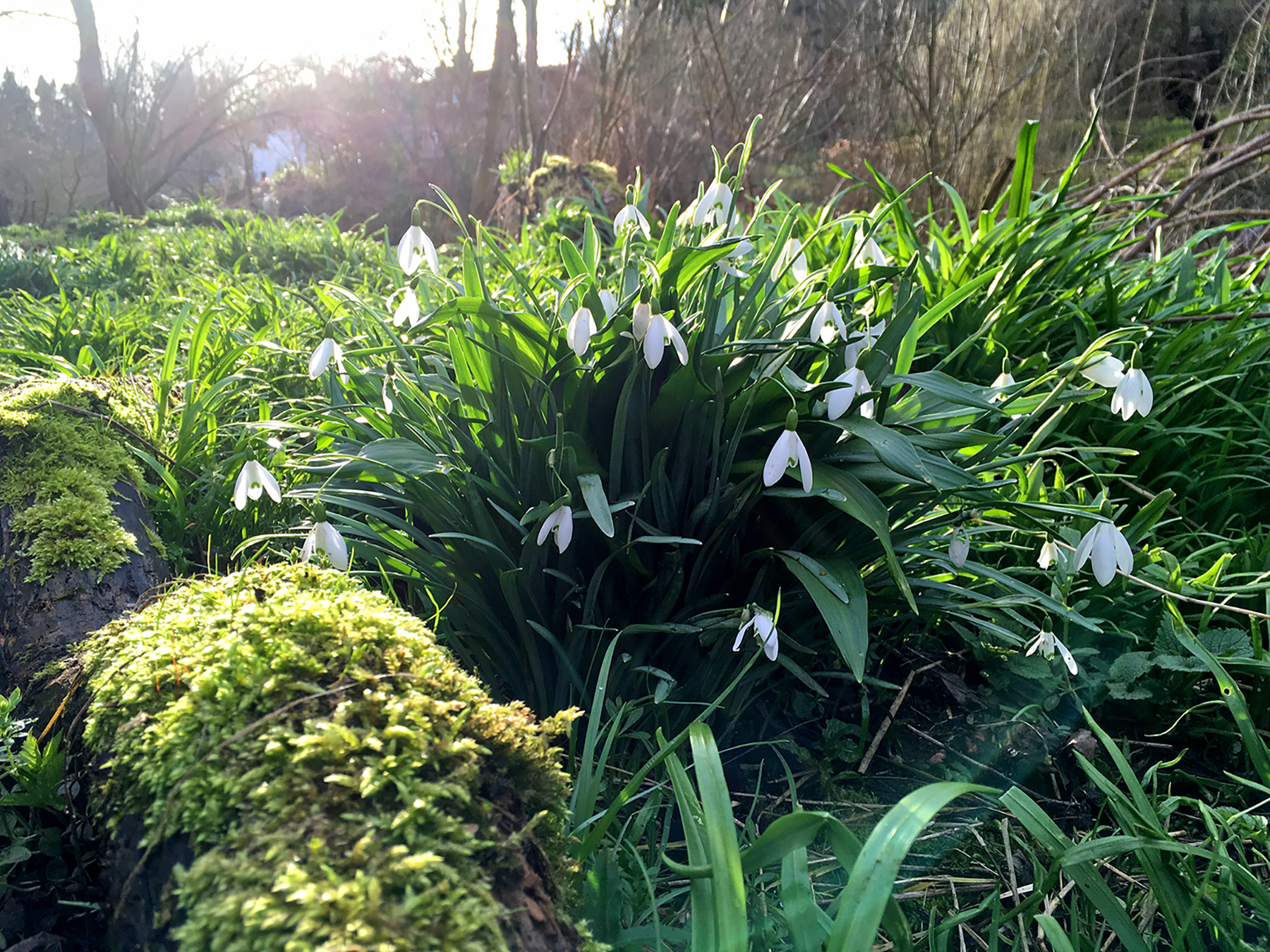
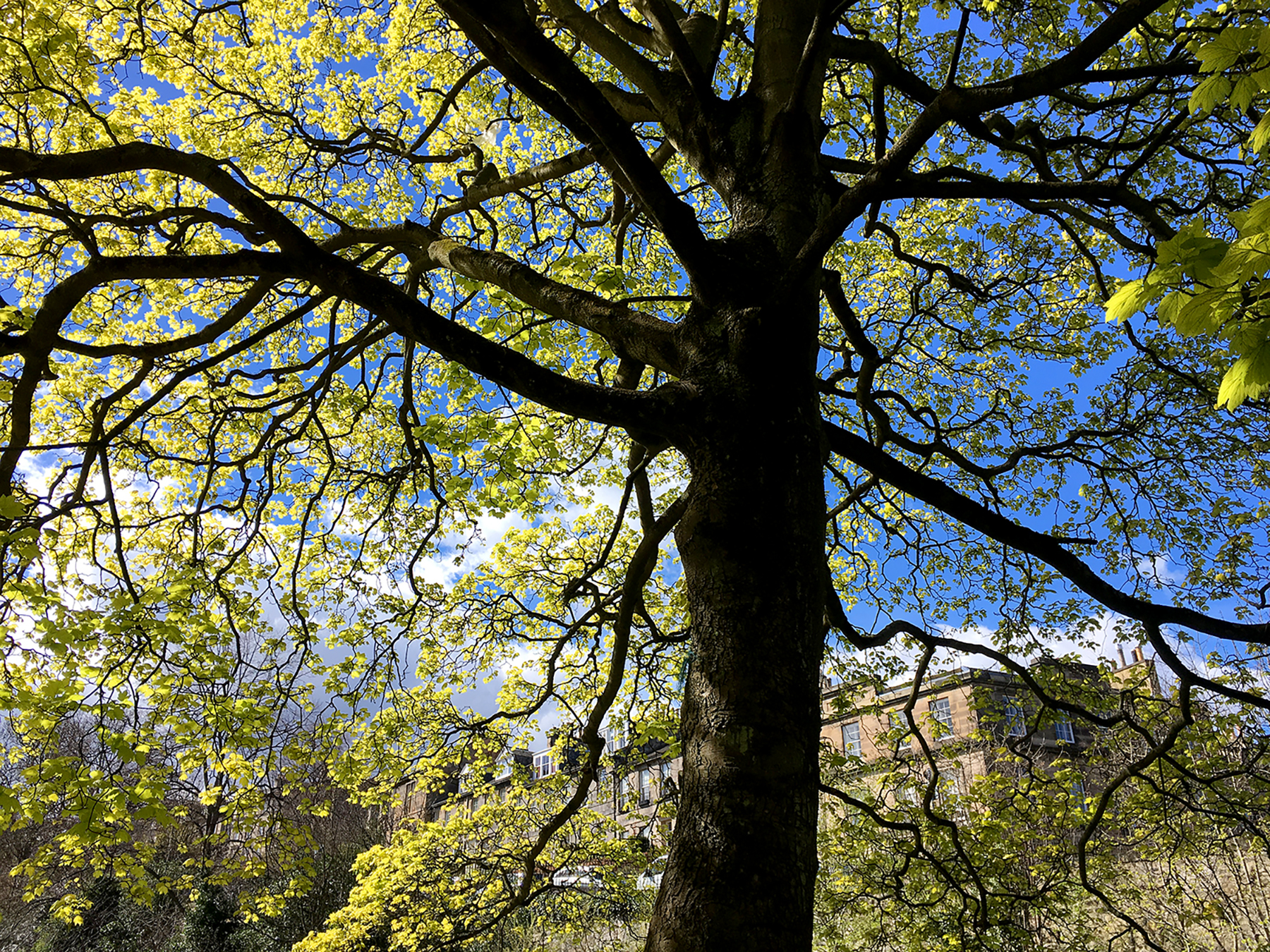

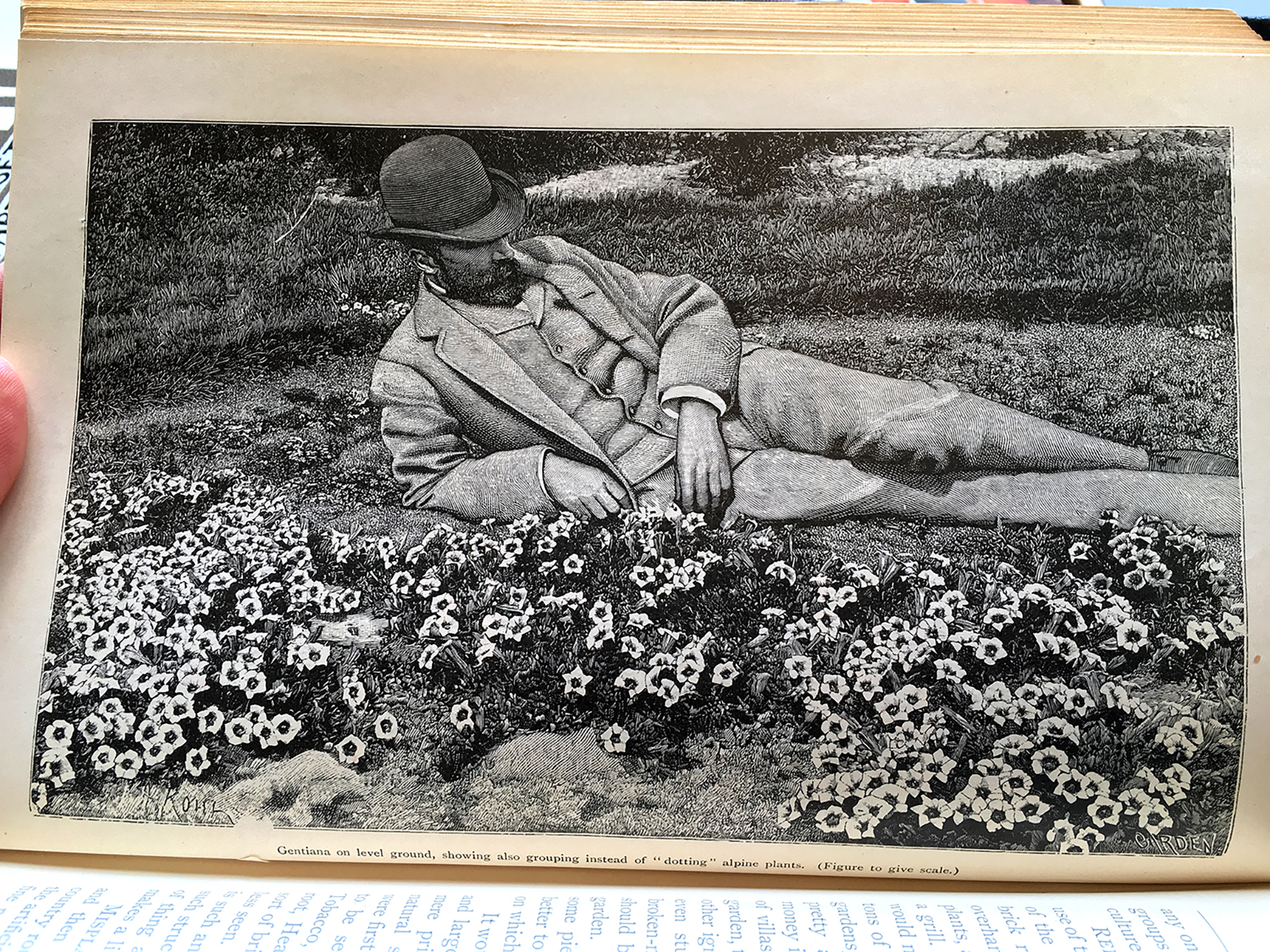
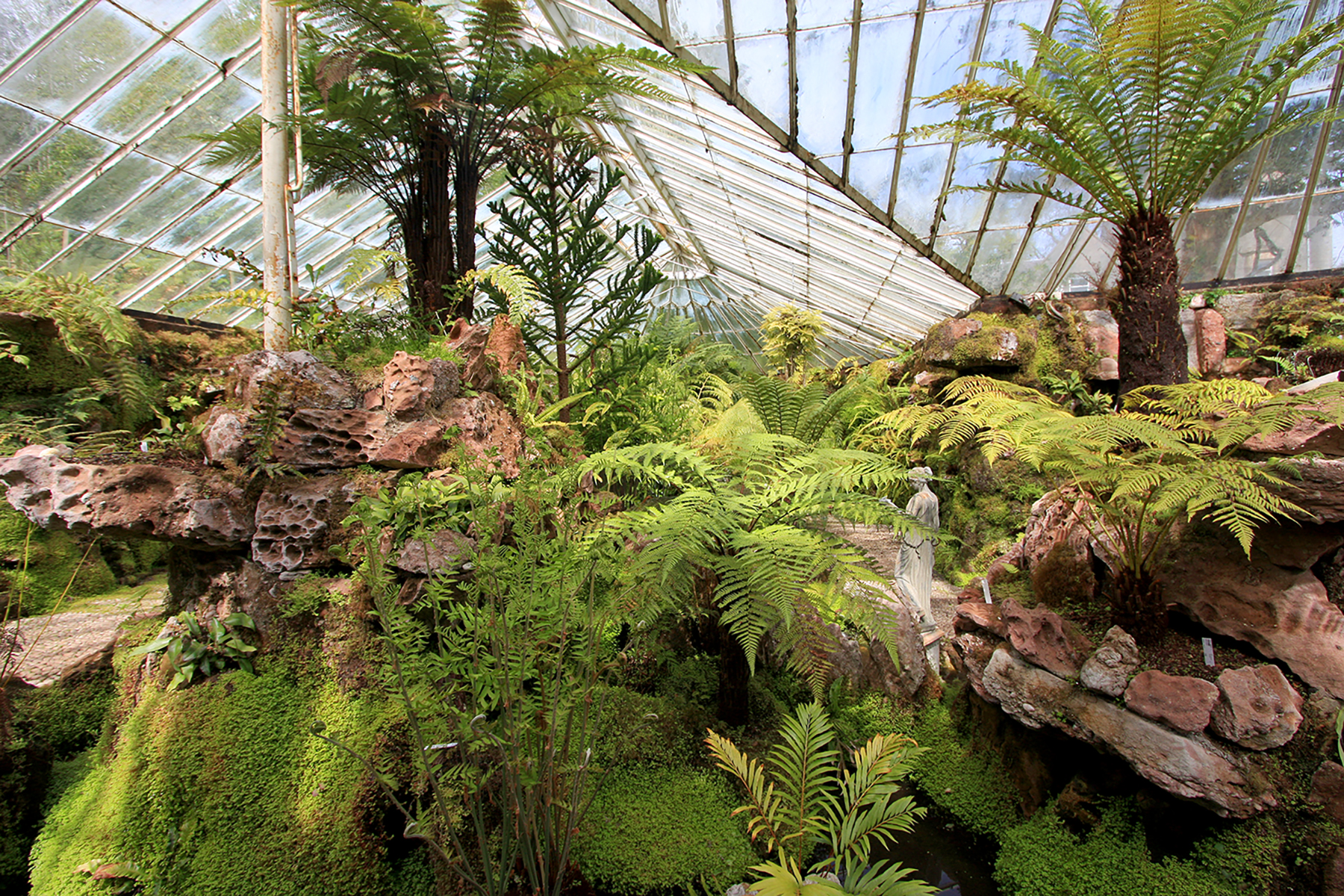
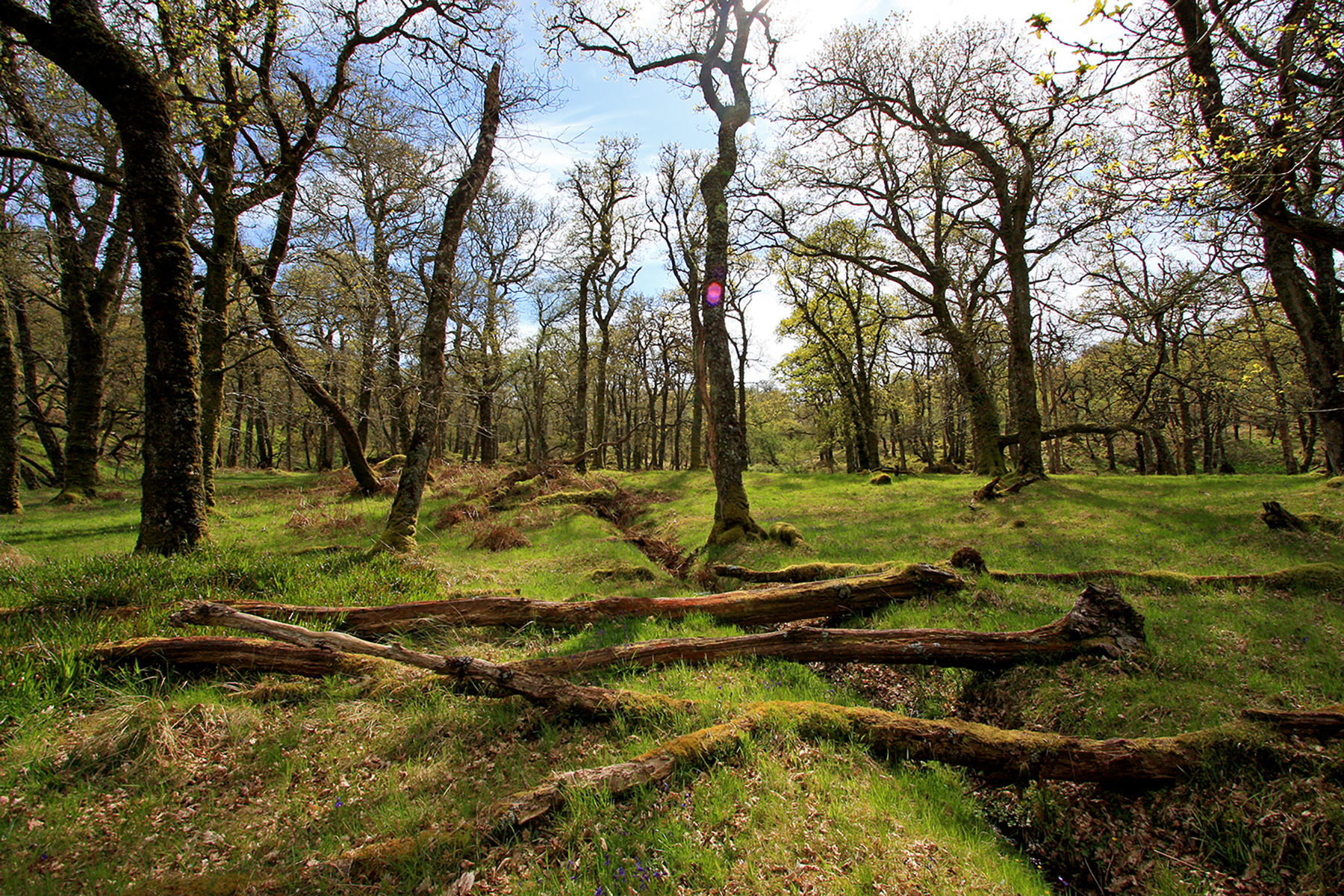

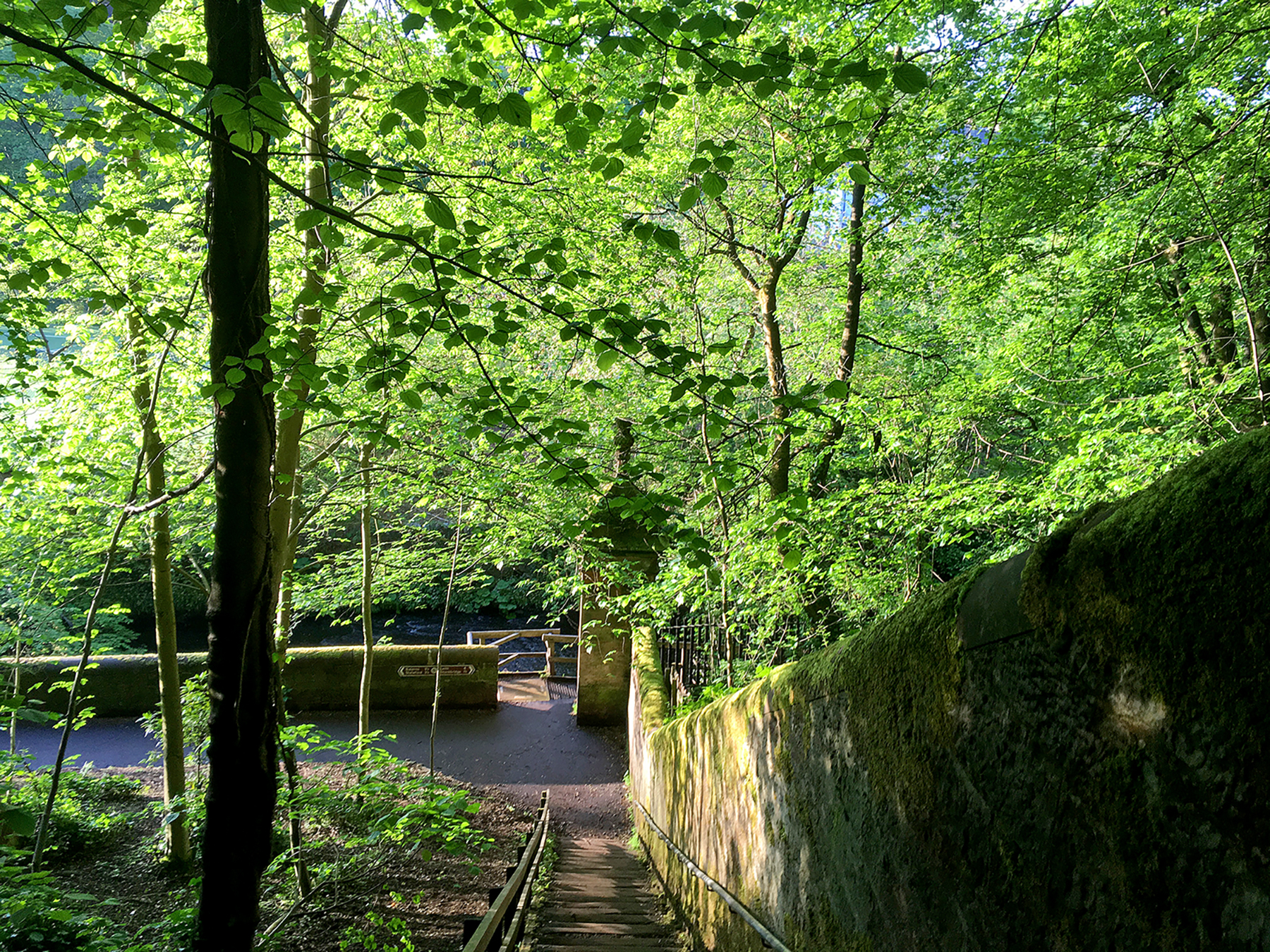
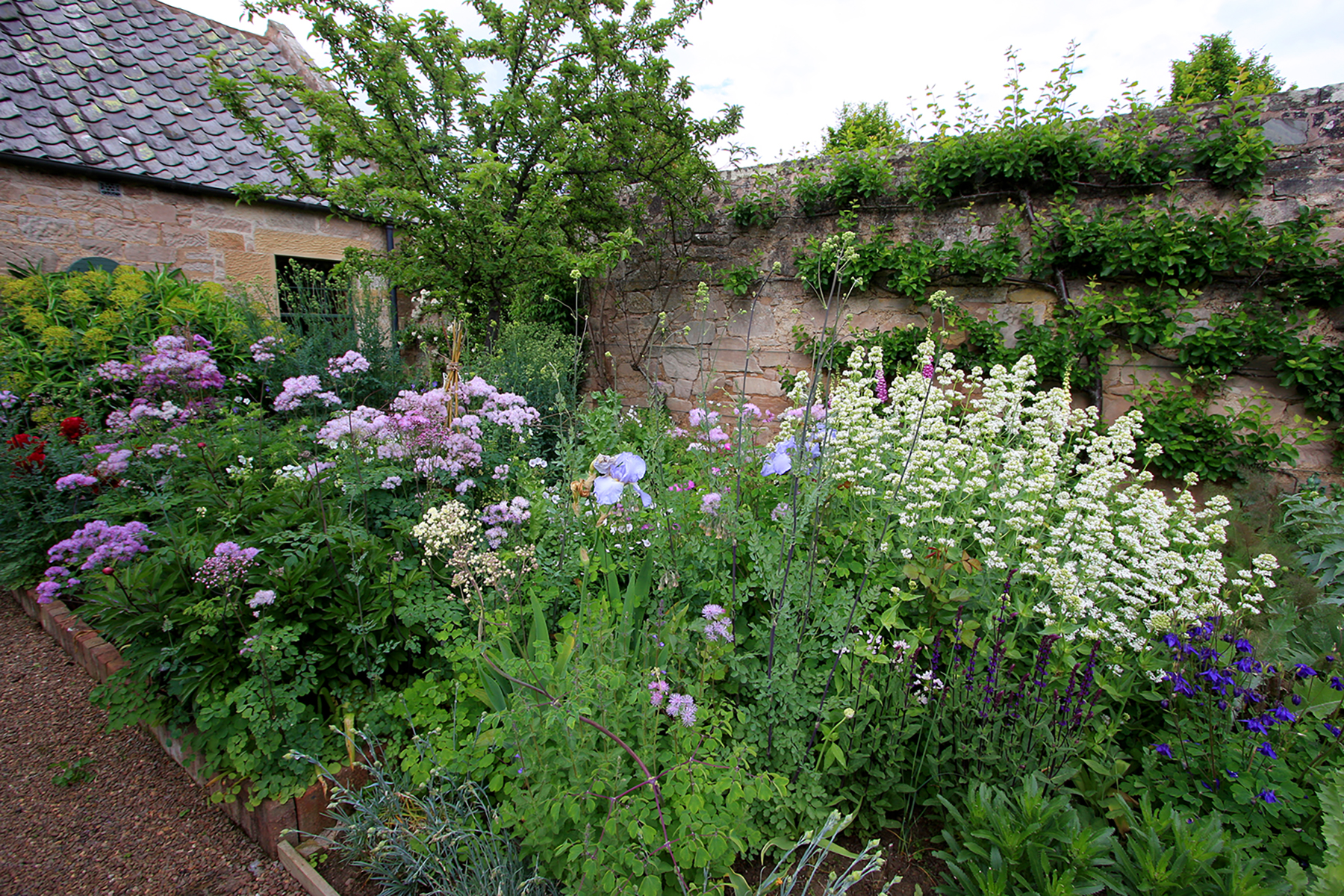




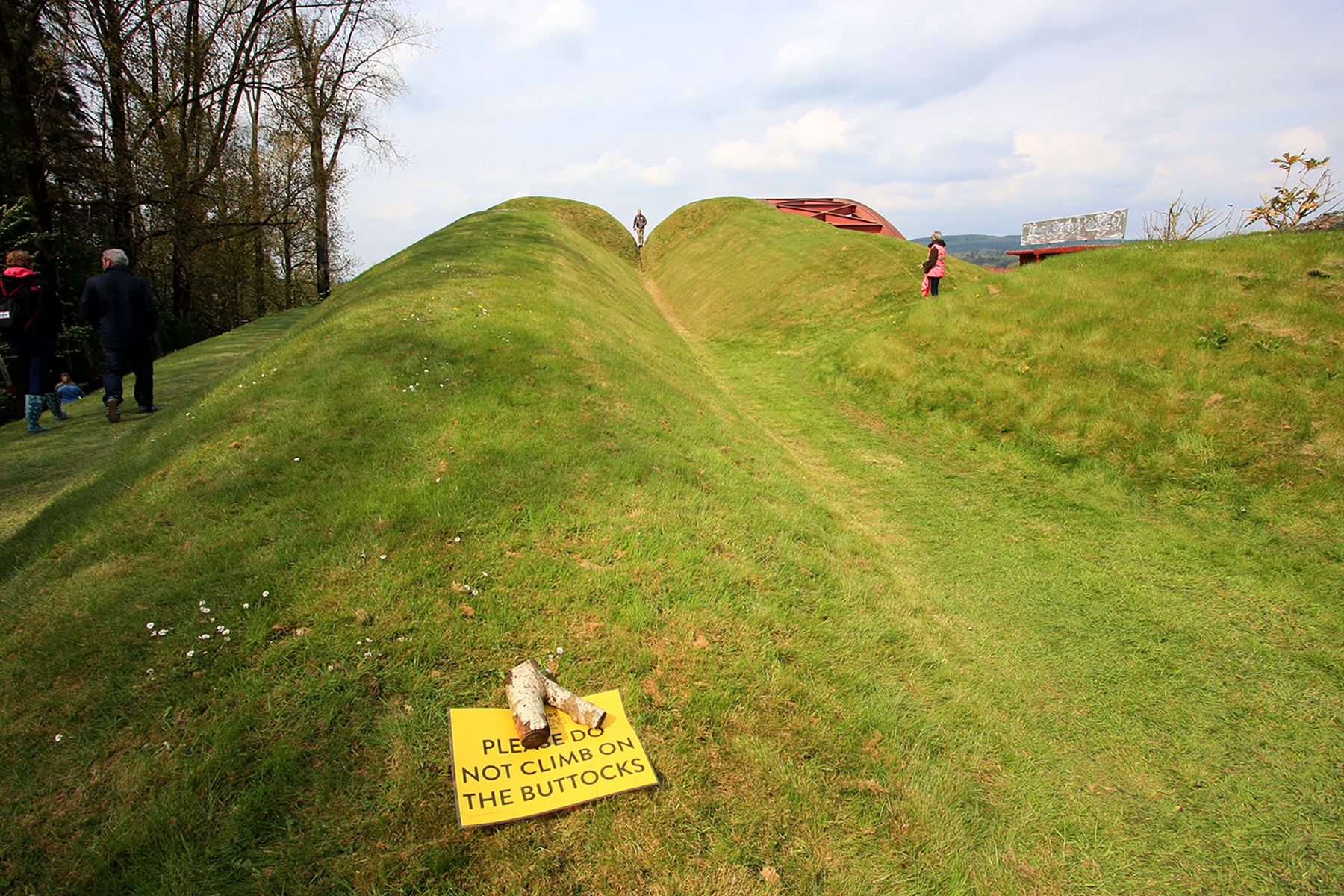


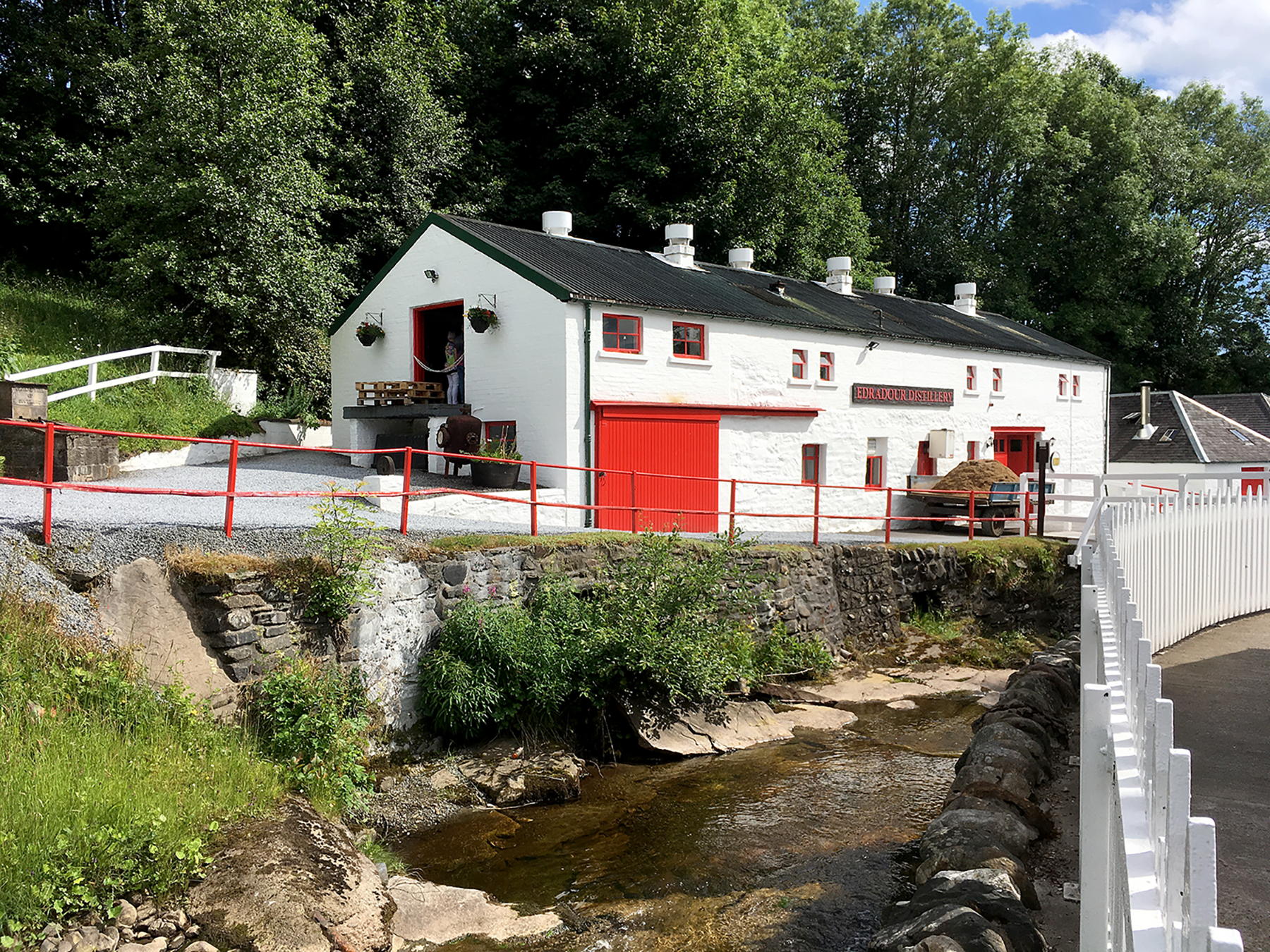



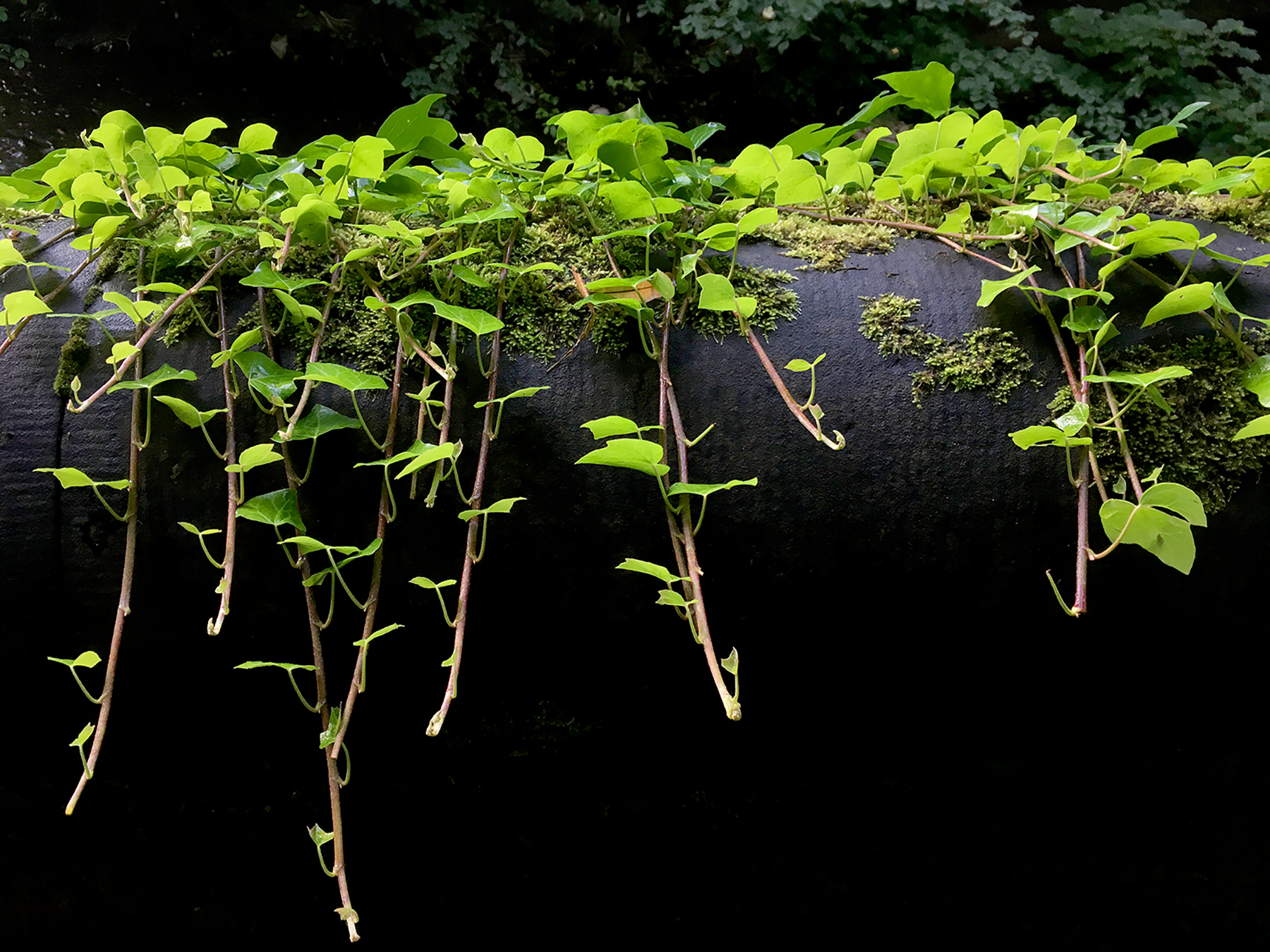
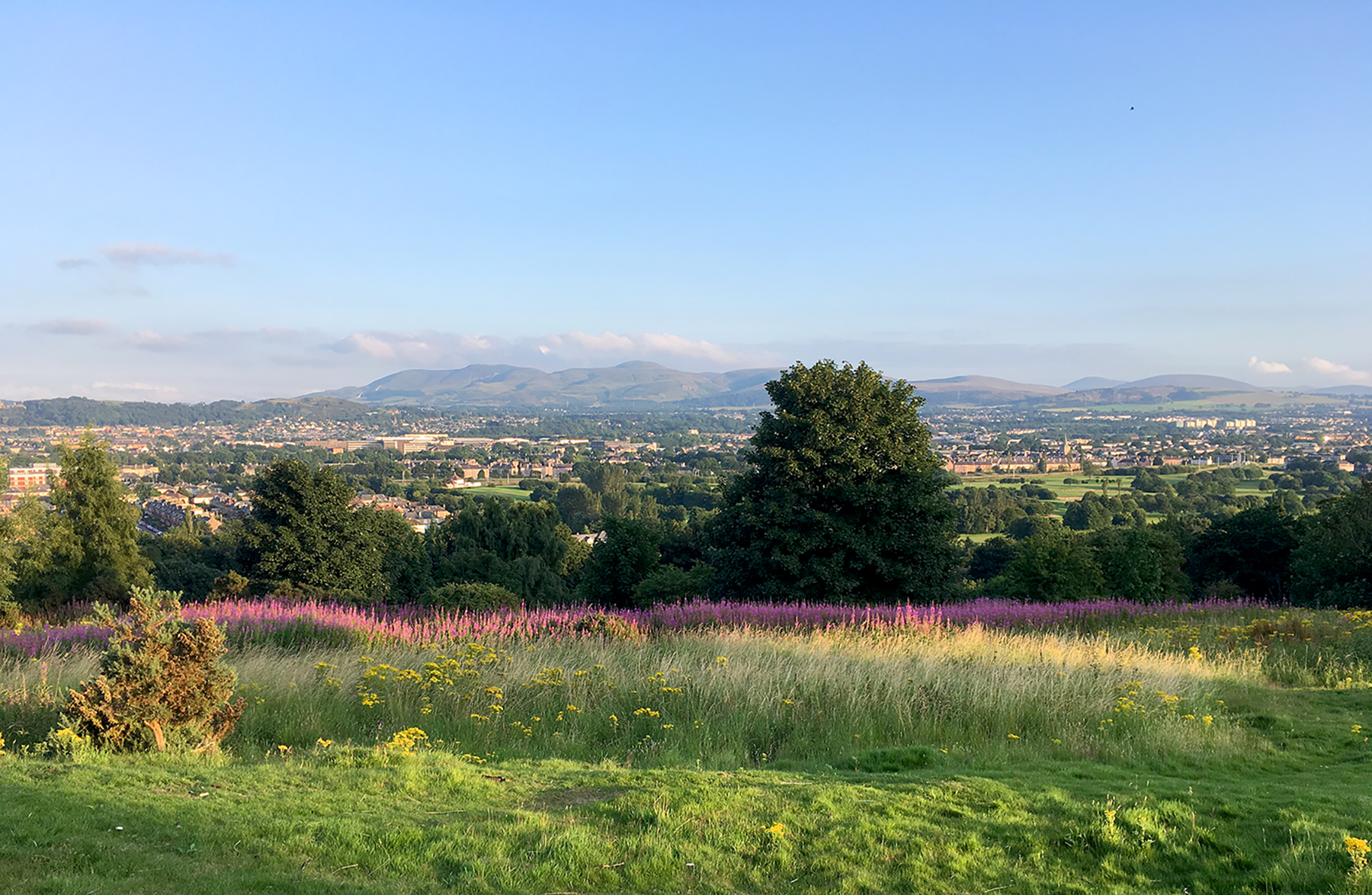


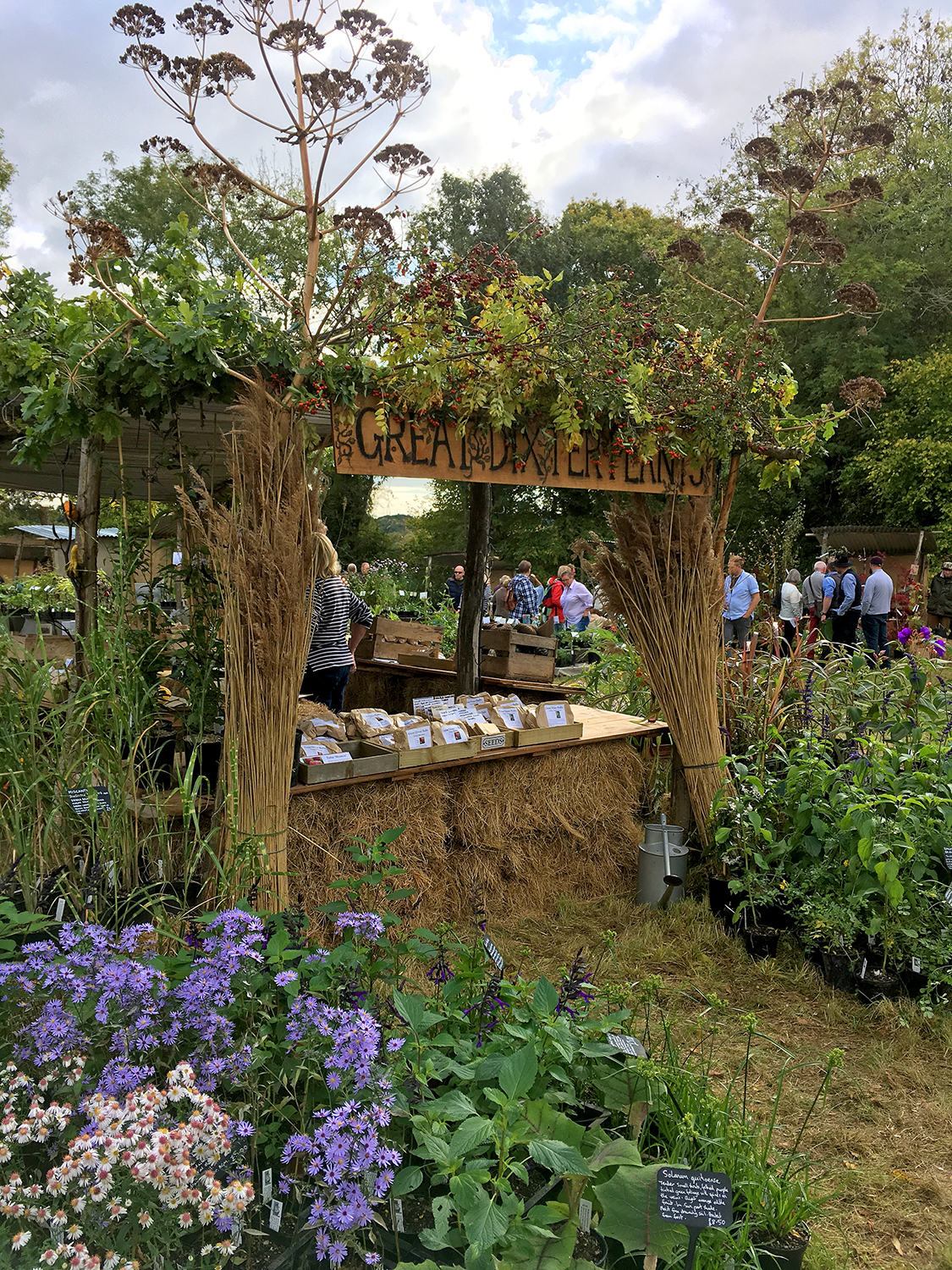
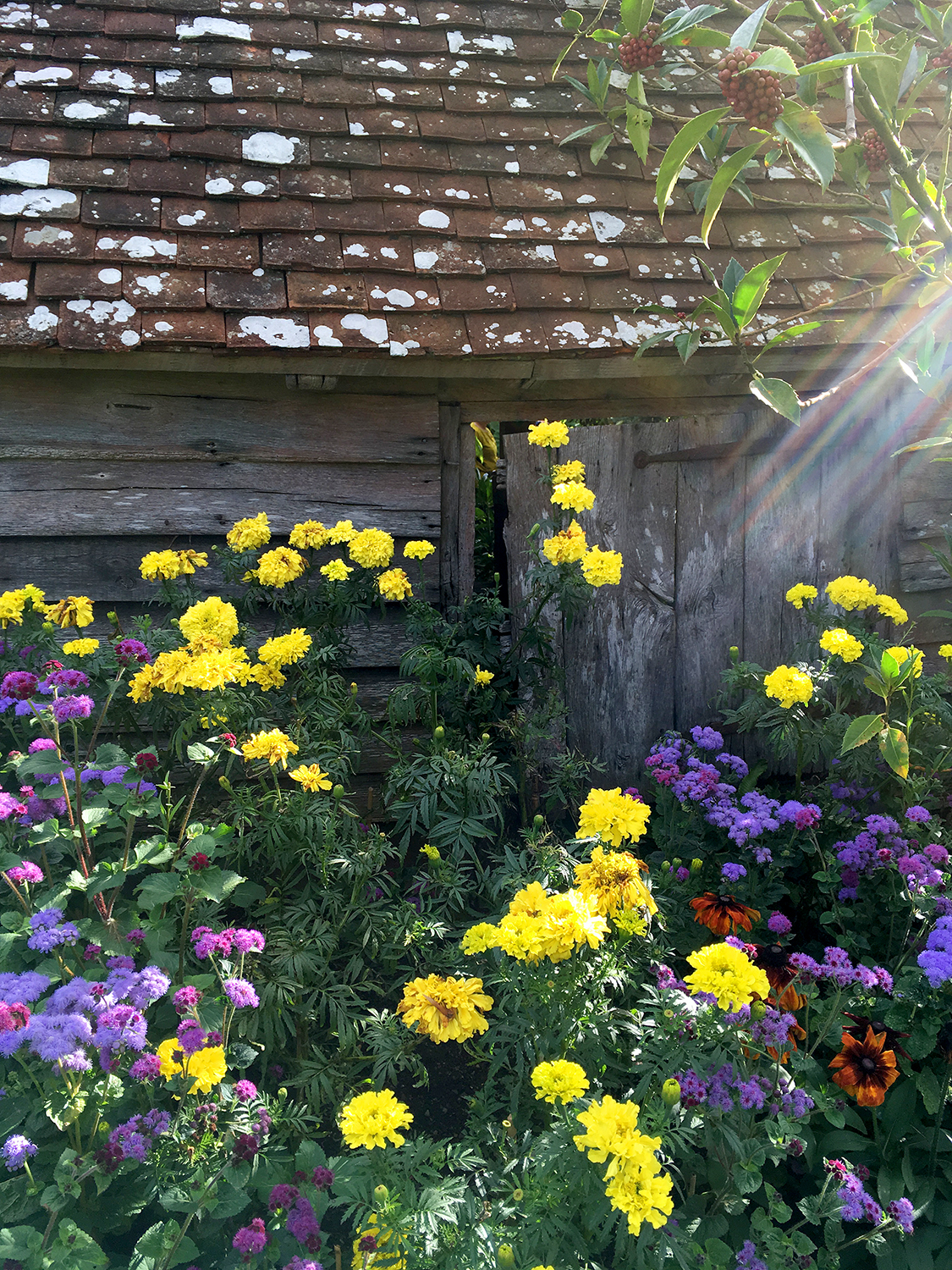
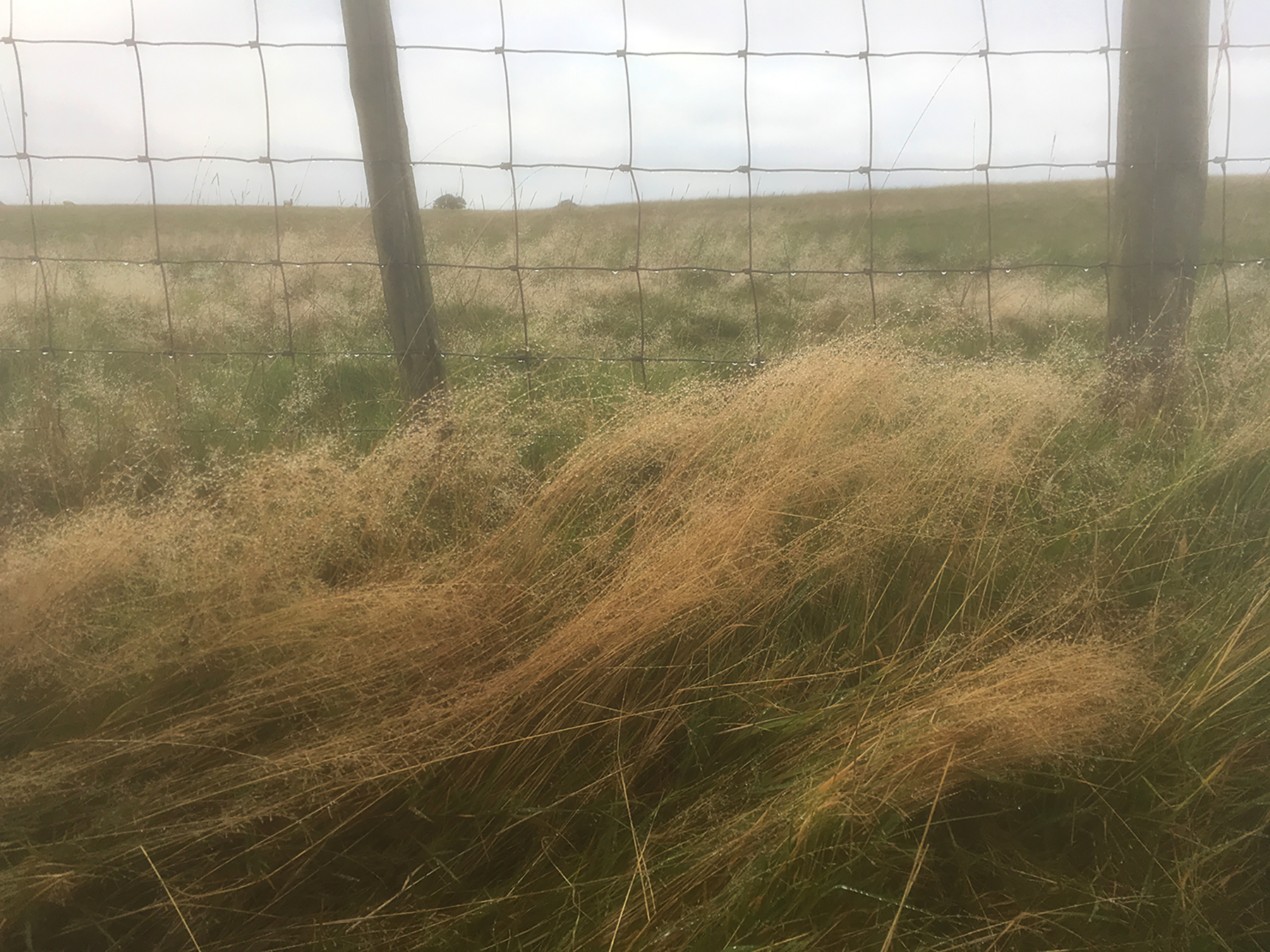
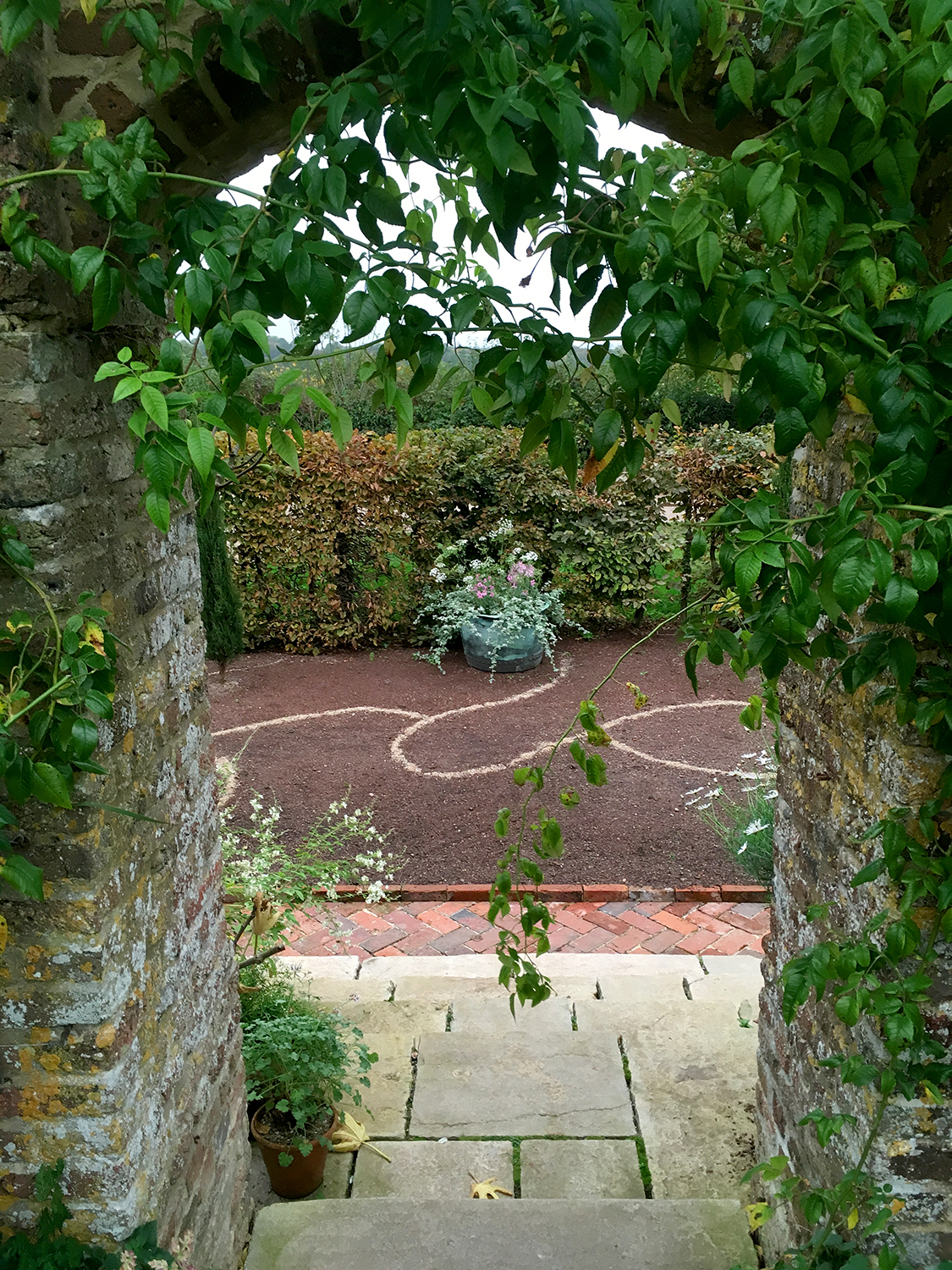
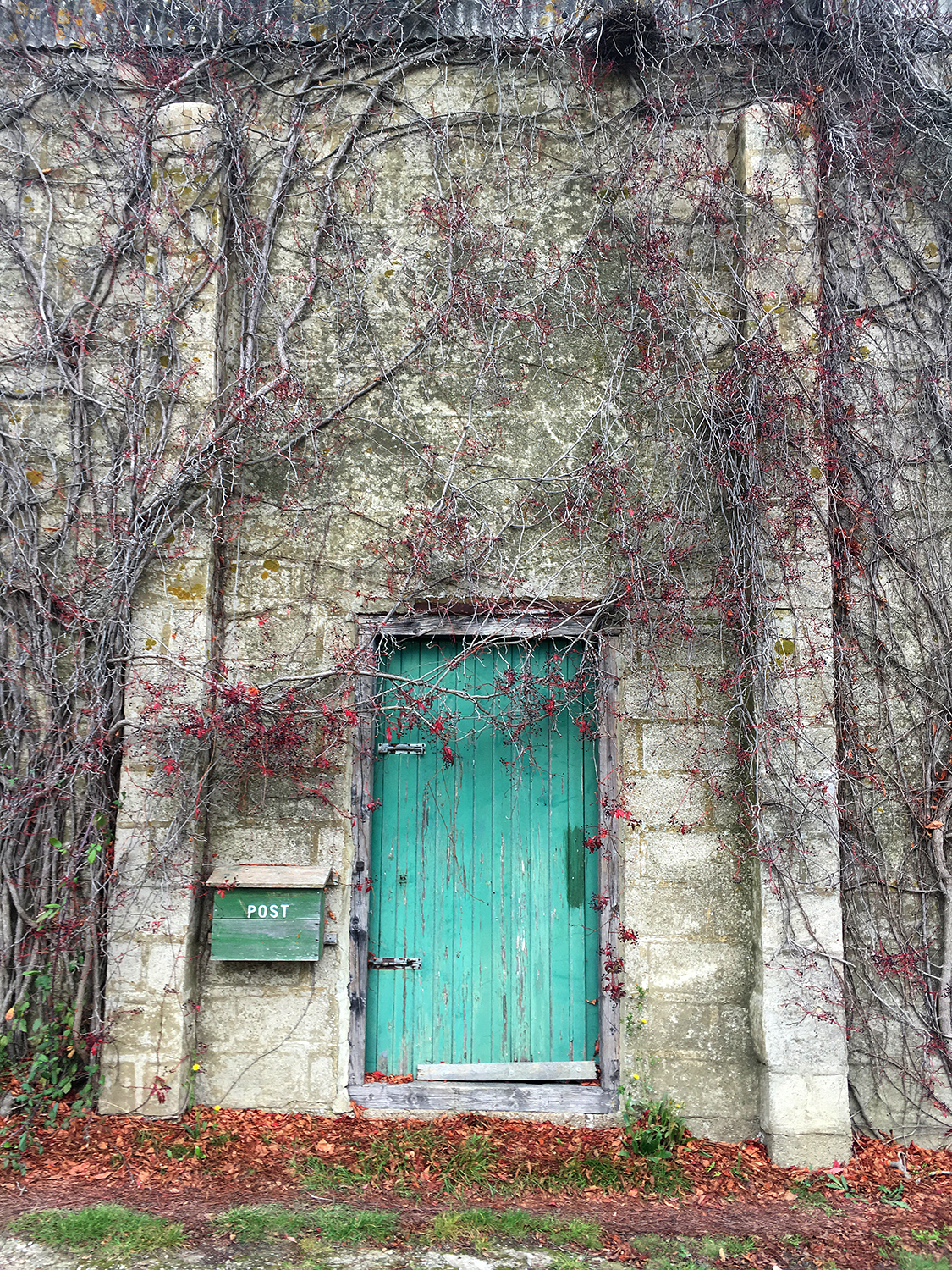
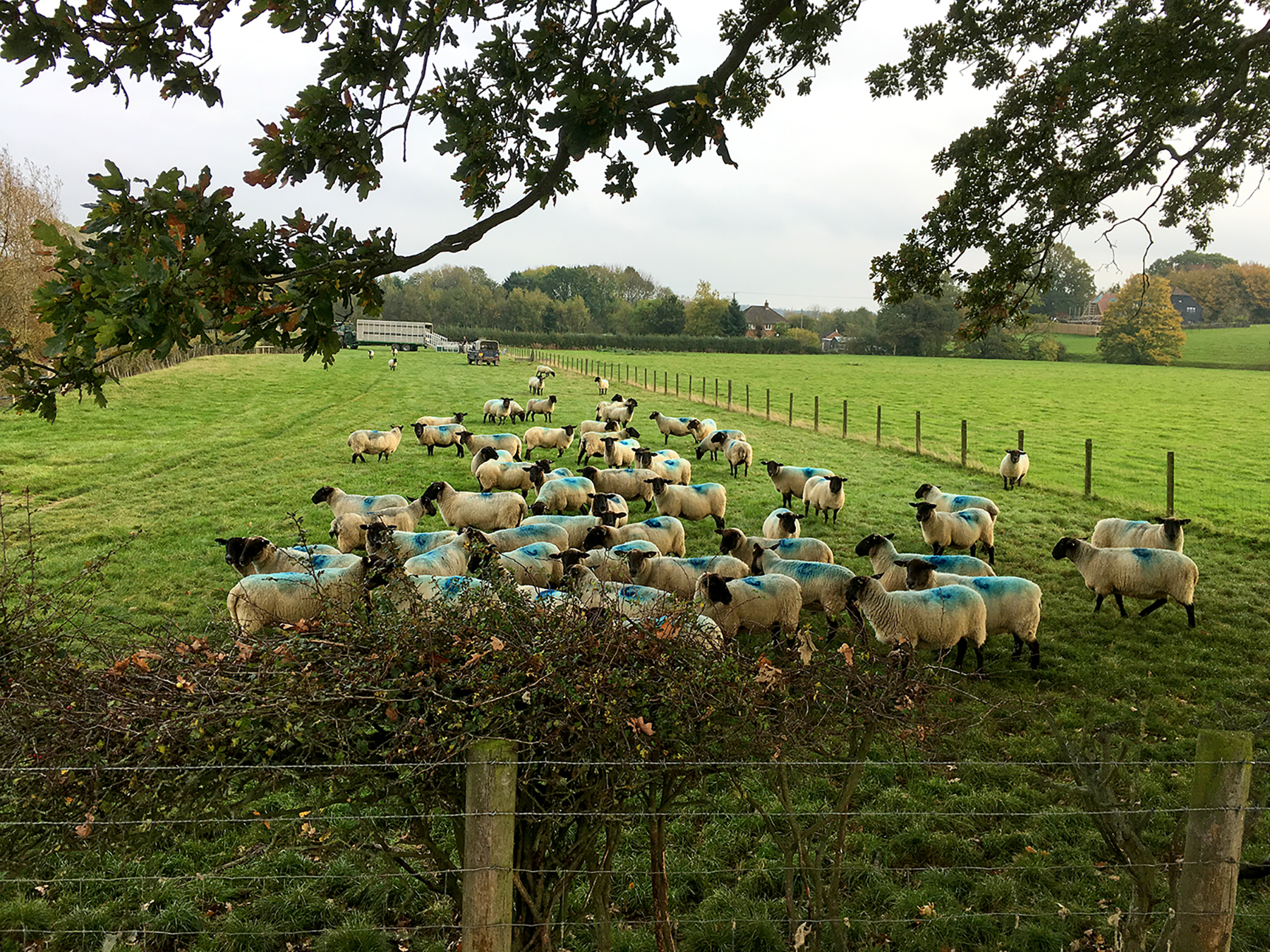



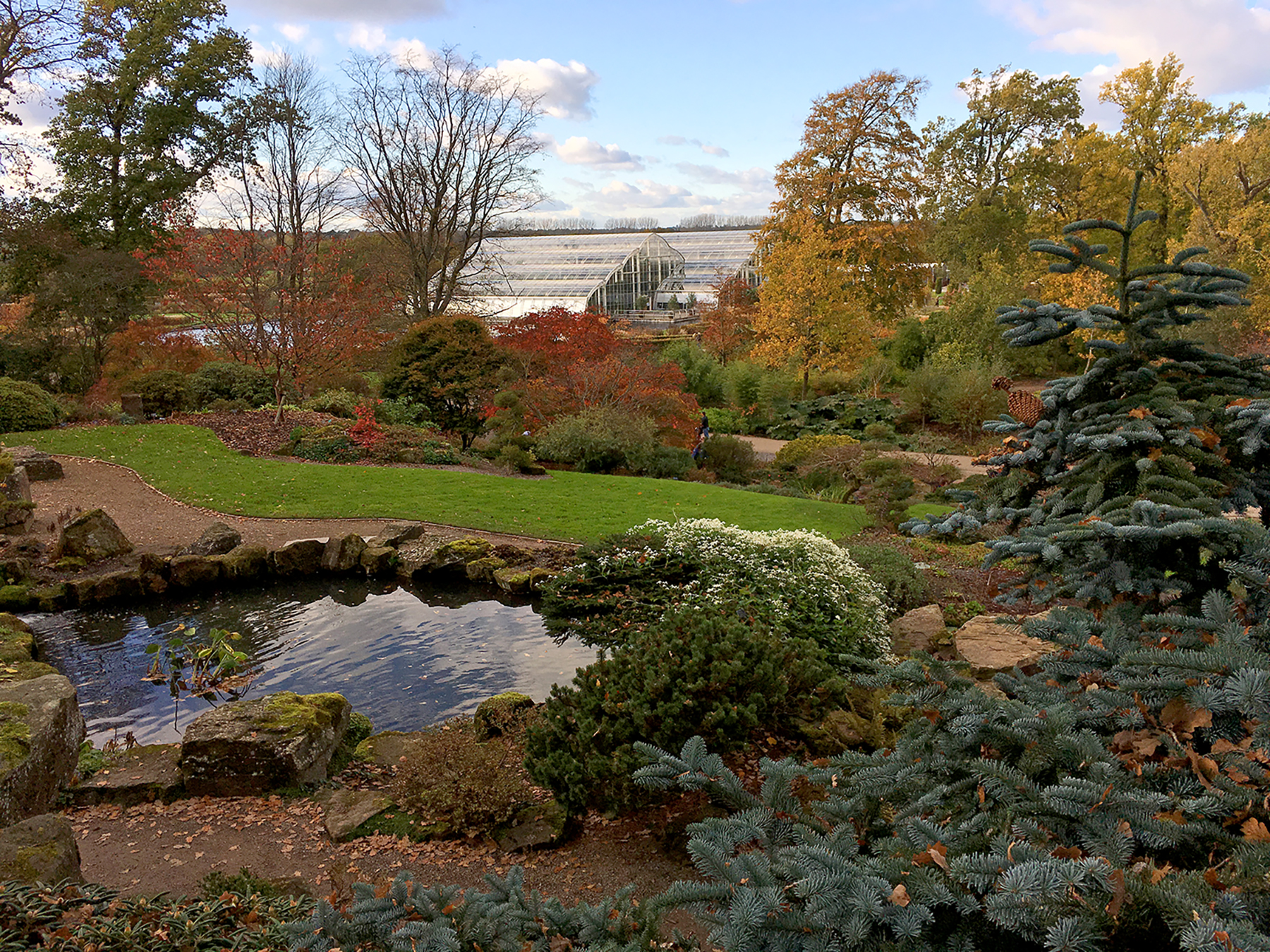
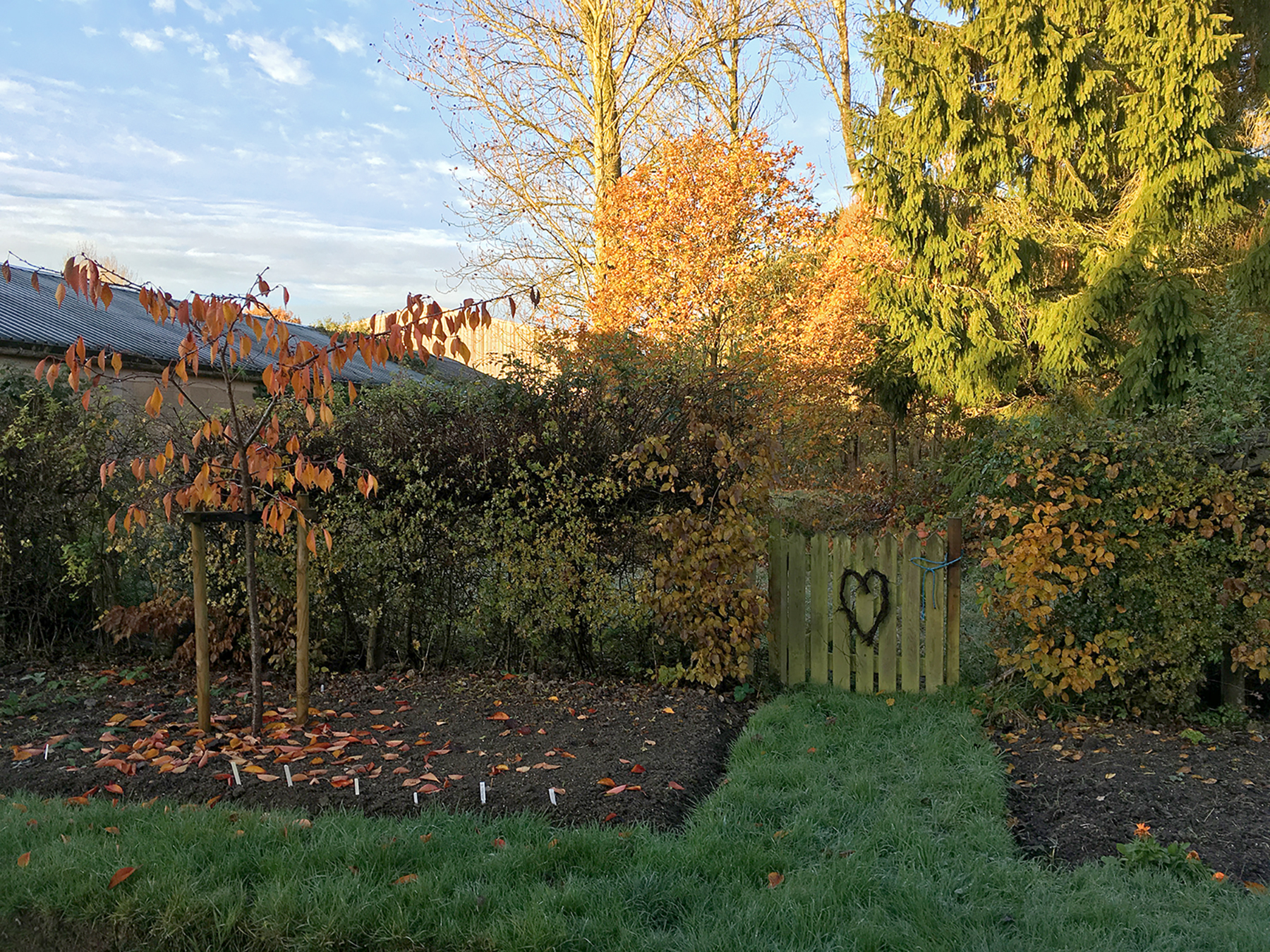

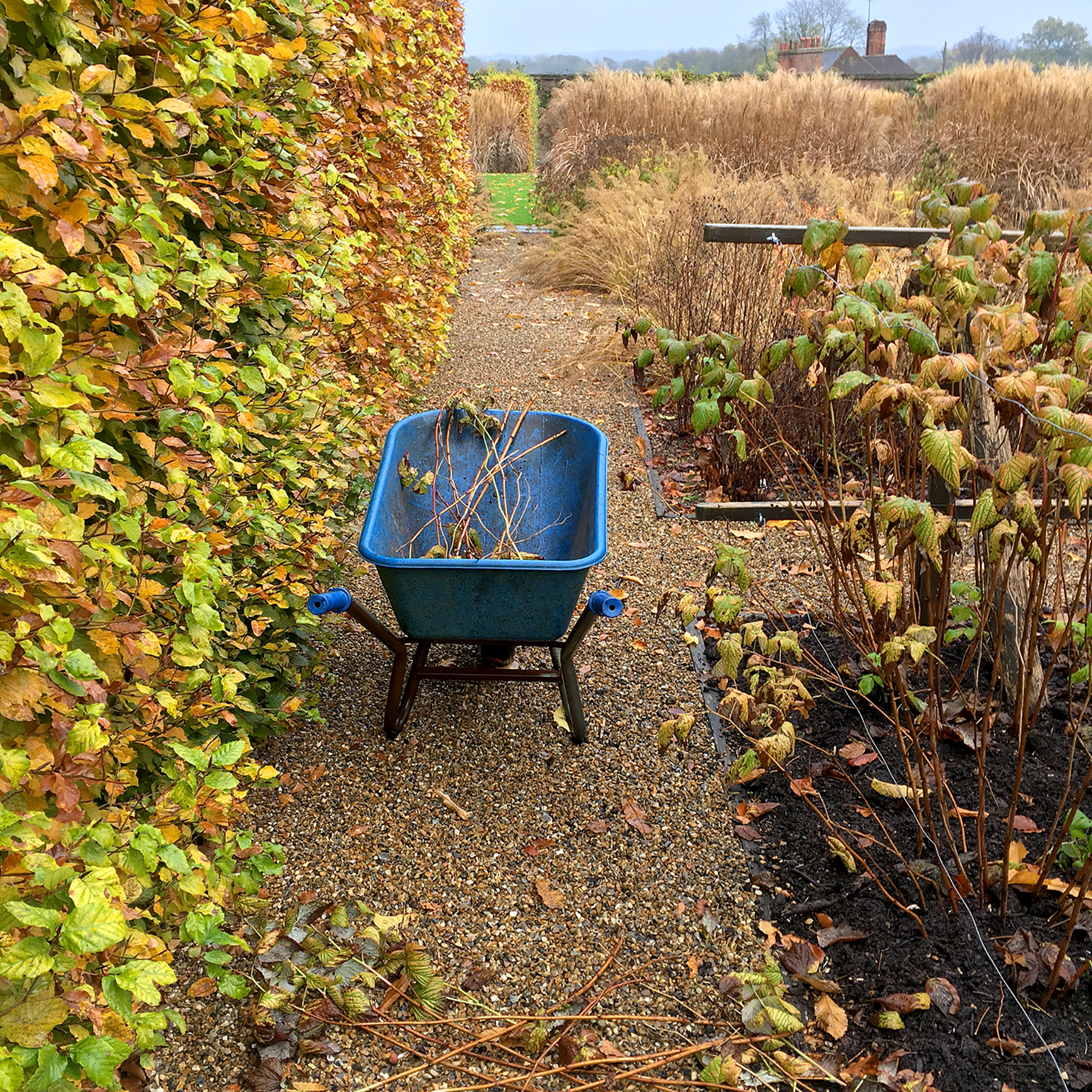
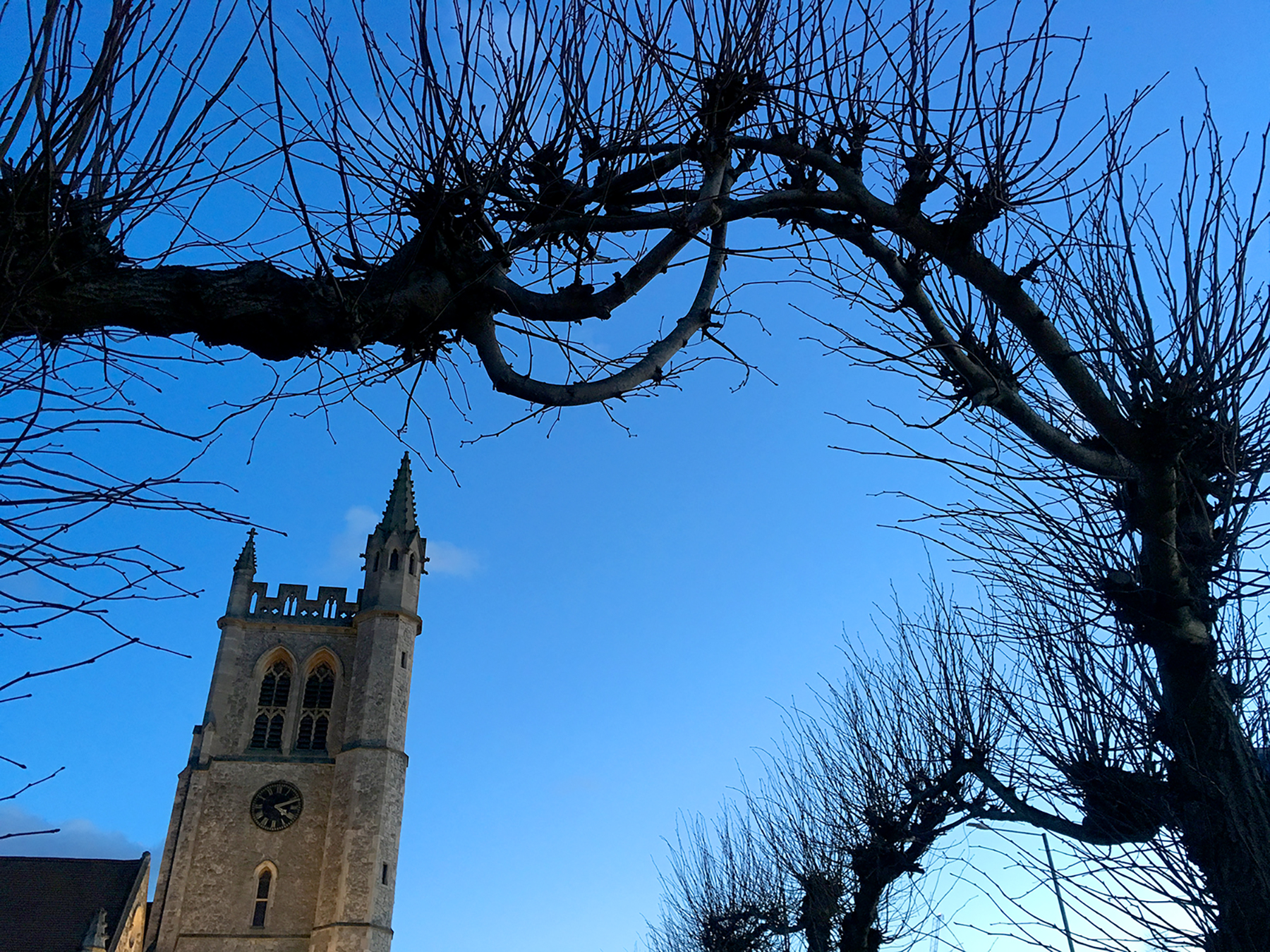

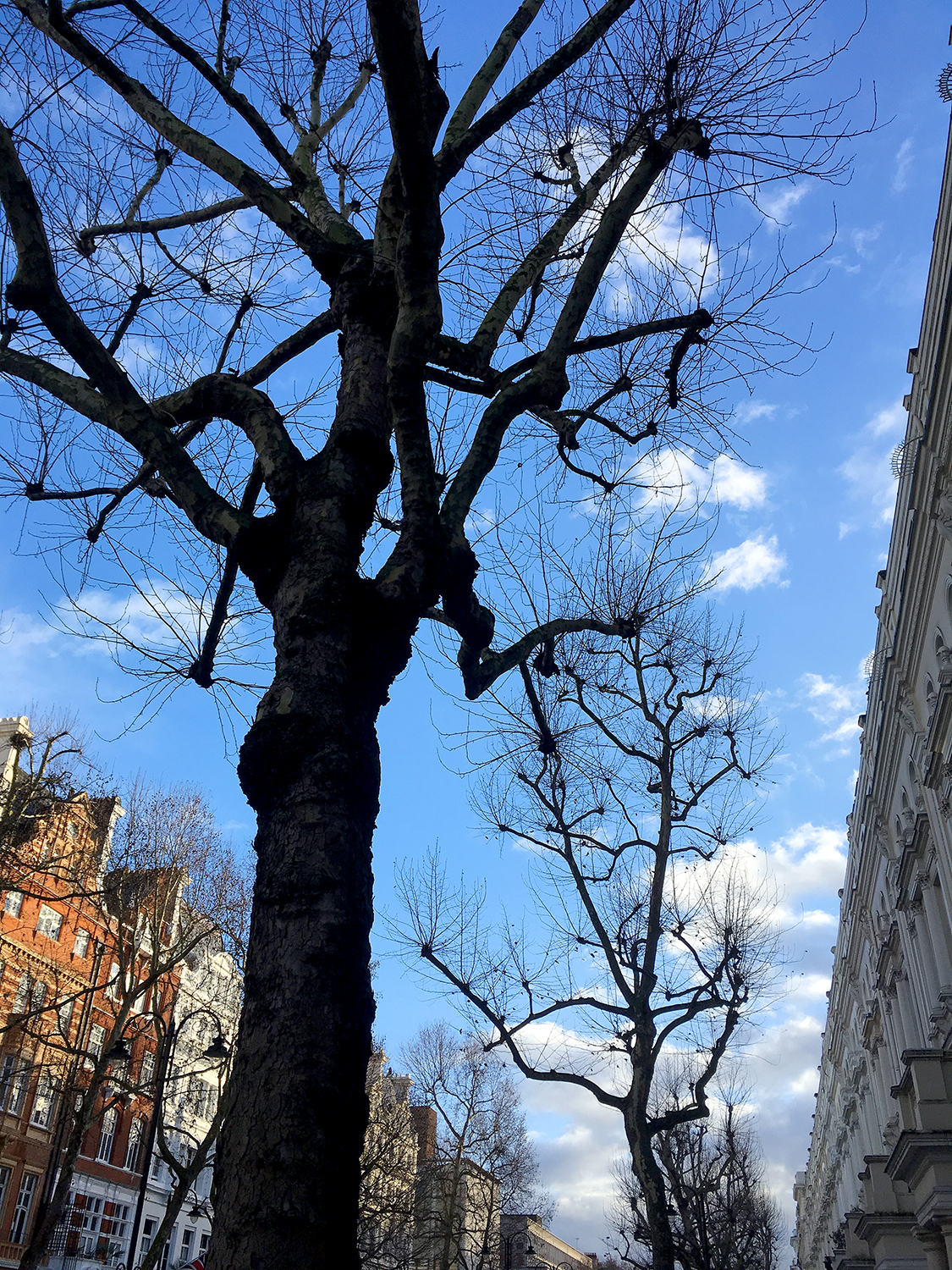
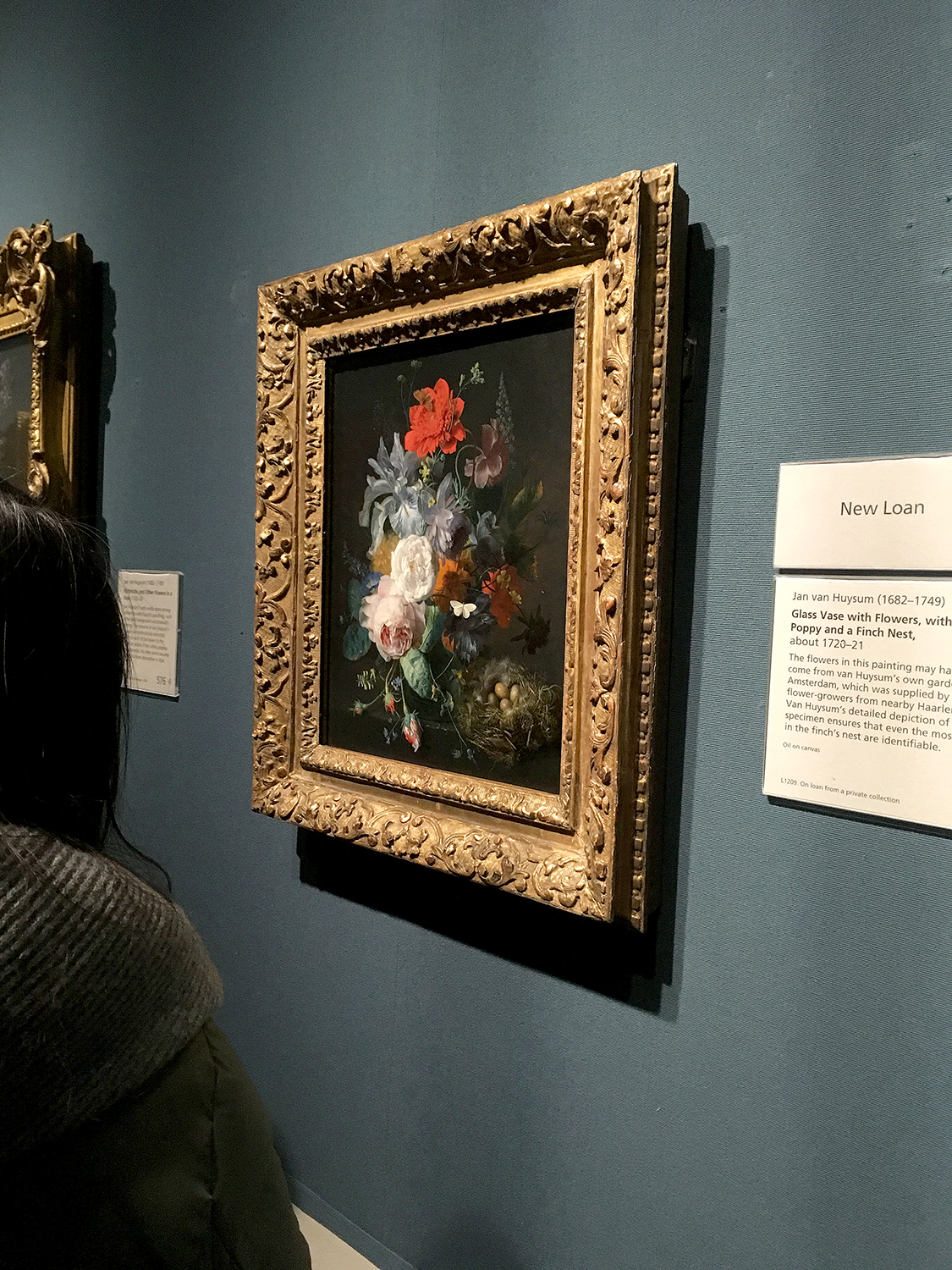


RHS Wisley: A Tom Stuart-Smith garden and thoughts on innovation
I've been a Royal Horticultural Society (RHS) member since moving to Britain, and I treasure their monthly magazine, The Garden, as an exemplar of horticultural journalism. However, I'd yet to visit one of their four major gardens (soon to be five when RHS Bridgewater opens in 2019). But today I was on an errand in Hampshire and realized I was very close to the RHS flagship garden, Wisley. Of course I stopped in, flashing my membership card and gaining free entry for myself and my companion.
On this clear and cold Sunday in November it seemed that every London family had chosen Wisley to exercise their children. The garden had the feel of a theme park totally overrun with strollers and overly-cautious city parents. "We don't touch red berries," warned one hipster dad to his daughter, probably setting her up for a lifetime of soft-fruit aversion.
The garden surrounding the large glasshouse complex was less populated than other areas of the property, and it was pure joy to wander amongst the plants under a clear blue sky. This area was designed by Tom Stuart-Smith, one of Britain's most well-regarded garden designers. I've always wanted to see this garden, and as I am now working in a Tom Stuart-Smith-designed garden I'm particularly keen to experience more of his work. I enjoyed pointing out plants at Wisley that I tend every day and noticing stylistic similarities between the two properties.
I am also particularly interested in the management of gardens in the style of Tom Stuart-Smith, which are designed for four-season interest. Traditional herbaceous perennial management has dictated that all plants are cut to the ground in autumn, leaving bare earth over winter. The newer thinking--led by the New Perennial et al. movement--advocates growing herbaceous perennials that "live well and die well," in the words of Piet Oudolf, the Dutch master who popularized the style. This means growing plants that look good even as they turn brown and crispy, and that are able to stand up through winter providing not only visual interest but also food and shelter for animals, birds, and insects.
In my nascent professional horticulture career I've come across more than one gardener who still believes all herbaceous material must be cut down, removed, and the garden "put to bed" for winter under a thick layer of compost. I've no truck with the compost layer--more compost is usually always a good thing--but I do believe that gardens designed in the style Tom Stuart-Smith uses should be left standing as long as possible into winter. On the flip side, though, I do understand that time, staffing, weather, and seasonal changes dictate what happens when in large gardens. Sometimes there are simply too many other jobs in an already packed calendar to delay the autumn chop. What's most interesting to me is the intersection between what designers are creating and what boots-on-the-ground gardeners believe is the best way to manage these same gardens, even if they aren't actually able to put their knowledge into practice. I notice a disconnect here, as I do in many areas of horticulture. The "newer" ideas about garden design and management--including new best practices backed up by scientific research--so very rarely make it into everyday gardening at many established properties.
For example, this summer I interviewed for a gardener job at a historic garden run by the largest gardening charity in England. On my walkaround I noticed American skunk cabbage, Lysichiton americanus, growing along a stream that ran through the property. Lystichon americanus is a bog-dwelling North American native that was introduced to Britain in 1901 as an ornamental. Like so many ornamental plant introductions, Lystichon really liked its new territory--so much so that it's run wild, outcompeting native British plants in boggy and marshy areas. Lystichon is now considered an "invasive non-native species" subject to EU regulation, according to the RHS, which does not recommend that the plant be grown in Britain. At Dawyck Botanic Garden, part of the Royal Botanic Garden Edinburgh portfolio, all the Lystichon was dug up and removed from the garden once gardeners realized that even with frequent deadheading to remove seeds before they could spread through the watercourse, the plant was still making its way downstream:
"American skunk-cabbage (Lysichiton americanus) has also been removed following its recognition nationally as an invasive non-native species of significant concern. The plants at Dawyck were popular for their spring flowers and grew well for many years...Dawyck has taken the lead on the removal of this plant and will look forward to replanting new species in the areas once occupied by the skunk cabbage." --RBGE
And yet the gardener who was interviewing me for this job openly scoffed at the idea that Lystichon could ever be a problem.
All this to say, I wonder how best to disseminate new ideas about gardening out to professional gardeners, particularly when many still have "old-school" attitudes rooted in Britain's Victorian horticultural glory days. I wonder how much change will really happen, outside of botanical and research gardens such as the RHS, until that old guard returns to the nitrogen cycle.
Anyway, I would love to know the management strategy used at Wisley to care for such a large area (two hectares) of herbaceous perennials. I know similar gardens use hedge cutters or even mowers to take everything off in one fell swoop in late winter--eliminating much tedious and hand-numbing secateur work. If anyone is reading from Wisley or Tom Stuart-Smith's team is reading, please let me know what you do so I can make better management decisions going forward.
Great Comp: A late-season surprise
On Monday--before the sky turned apocalyptic orange from Saharan dust and Portuguese smoke--I visited Great Comp garden in Sevenoaks, Kent. I was familiar with Great Comp through the work of its curator, William Dyson, who grows and sells his extensive collection of salvias in a nursery onsite. As an RHS partner garden, entry is free for members in September and October.
It's getting late in the season for garden visiting, and Great Comp was quiet and almost empty. It was just my luck as on this 70-degree October day the bright sun really brought out the best in fall colors, ornamental grasses, and hundreds of salvias of all shapes and sizes.
The garden is criss-crossed with meandering paths that lend a real sense of discovery to its exploration. It also features "ruins" throughout that add some height to the otherwise flat site and provide vantage points from which to look down upon the garden. They reminded me of the ruins at Chanticleer, though at Great Comp they look less theatrically contrived and almost plausibly original.
I love photographing gardens in autumn, when they are so full of warm colors, texture and senescing beauty. One of my favorite views was of the phlomis seedheads, above, left standing in counterpoint to the tightly clipped shrub behind it.
I also enjoyed an extensive area of ornamental grasses. Their seedheads swished around at head height and made walking among them feel like an adventure. Throughout the garden late-season stars such as asters and dahlias brightened up the browning foliage.
I've always liked salvias, but I came away from Great Comp with an even greater appreciation for their range of color, size, and form. My favorite of the day was Salvia bullulata 'Pale Form," grown in a container above. It's one of those rare true-blue plants that have my heart.
In all I was unexpectedly surprised by Great Comp. The garden is big and detailed enough to hold your attention for a couple of hours, and it is very neat and well-maintained. The plantings look healthy and vibrant, even as we stand on the doorstep of winter, and are artfully arranged with attention to form and texture as well as color. There is a lot to discover in this garden, and I look forward to returning in other seasons.
Orange moon over London
Great Dixter: The right garden at just the right time
Tonight I'd like to share a few photos from Great Dixter, which I visited two days ago on a quick trip to East Sussex. I didn't have my big camera and lenses with me, so these photos are more like sketches, quickly snapped with my iphone as I let the garden wash over me. Right now I don't feel the need to analyze what I saw--goodness knows that's been done to death with a garden as influential and famous as Dixter. So instead just enjoy what caught my eye free from Latin names or any plant names at all, in the spirit of Christopher Lloyd.*
This was exactly the garden I needed at exactly this time. It's been a challenging summer with more than a fair share of major life transitions to navigate, and I'd be lying if I said my faith in gardening and what I love about it hasn't been put to the test. Lately all the work and risk-taking required to earn a science degree and pull off a mid-life career change in a foreign country have seemed like questionably sane decisions and left me wondering if I wouldn't have been better off staying in America and sticking with an uninspiring but profitable line of work I didn't love.
But walking around Great Dixter on Saturday I felt a tiny bit of joy tiptoeing back into my broken heart. Just a bit, as here and there and then everywhere I looked were planting combinations and colors and arrangements that went right to my artist's eye, reminding me of how much I love this living/looking and don't want to do anything else. When I visited Great Dixter in July a year ago, the garden registered as clashing and in some ways garish. But this year the bright and happy late-summer flowers, all tumbled together in a shouty riot, were just what I needed when I'm having a hard time registering anything more subtle. The garden reached out beyond the confines of paths and planting beds, embracing me and forcing me to feel its September exultation. Great Dixter cut right through my darkness, letting light spill in.
This weekend was an important lesson in both garden making and garden appreciation. Like any art, we look at gardens through a scrim of our own moods, judgements, and preconceived notions. There is no way to control these elements in our viewers when we make a garden, just like it's impossible to look at any garden objectively. Our personal histories, memories, proclivities and dislikes are always standing next to us, staring out at the garden through our eyes.
Some gardeners take a widest-net approach, creating gardens to appeal to the most middle-of-the-road tastes and expectations. Other gardeners follow their own stars, not caring how off-putting or ungardenlike their visions are to an untold number of people. It's into this later group that Great Dixter falls. I am so glad I got to see it when I was feeling sad and doubting, when it reminded me of how much beauty and never-ending inspiration is to be found in my new vocation, and how vital it is that I keep the faith just a little longer.
*Posted in the Great Dixter nursery shed:
This post is dedicated to R.B., who stands with me in the garden, bright and dark.
Self-portrait in the coldframe: Happy birthday
True blues
Last month Japanese reserchers announced they'd genetically engineered the first truly blue flowers by modifying Chrysanthemum (Chrysanthemum morifolium) with genes from Canterbury Bells (Campanula medium) and butterfly pea (Clitoria terniata).
First genetically modified blue chrysanthemums. Image by Naonobu Noda/NARO.
Blue flowers are rare, occurring on fewer than 10 percent of the world's 280,000 plant species, and they come about by a complex interaction of colour pigments called anthocyanins, growing conditions, and ambient light. What's more, the plants that produce "blueish" flowers aren't common in the commercial horticultural or floristry trades. The Japanese researchers claim their discovery means we could some day see blue roses in wedding bouquets or blue carnations lining the garden path.
Australian Bluebell, Billardiara fusiformis, photographed in Australia
Why anyone would want to breed a flower that looks like one of those horrible dyed jobs languishing in cellophane at the supermarket is beyond me. I prefer to appreciate my blues as nature made them, even if they are considered some variation of pink or purple according to the RHS flower colour chart. There's something special about blue flowers, and their relative scarcity makes them that much more affecting.
The photos in this post show some of my favorite blue flowers as I've encountered them. There are just few enough to make each sighting special, which is something that I suspect will be lost if more commercially available blue flowers flood the market.
Field forget-me-not, Myosotis arvensis, photographed in Scotland
This spring I spent some time photographing the Himalayan blue poppy (Meconopsis 'Slieve Donard') at the Botanics, and as each visitor turned the path to see them I heard audible gasps. If blue flowers are more common, will they elicit the same response? I doubt it.
Meconopsis 'Slieve Donard' at Royal Botanic Garden Edinburgh
Brunnera macrophylla
Corydalis flexuosa 'Balang Mist'
Muscari azureum
Borago officinalis
There's no need to get too worked up yet, though, as genetically modified plants are still banned in the E.U. Given the rising concern about genetic modification in horticultural plants, spurred on by this year's orange petunia kerfuffle, I suspect GM chrysanthemums will not be welcome here any time soon, true blue or not.
Entropy
Culross Palace: A 17th century garden
From an au courant contemporary garden let's travel back in time to 17th century Dunfermline, just across the Firth of Forth from Edinburgh. Culross "Palace" is a merchant's home built between 1597 and 1611 by the Laird of Carnock, Sir George Bruce. Sir Bruce pioneered undersea mining, sinking a shaft into the Firth to extract coal. His home at Culross is one of the most interesting spots I've visited in Scotland, with a bit of glamour added by the gorgeous spirits of Sam Heaughan and Caitriona Balfe, who've filmed Outlander scenes there. In addition to Sir Bruce and big-screen bonafides, there's also a recreated 17th century garden that climbs the southern-facing slope behind the house.
Culross Palace is now a National Trust for Scotland property, and researchers analyzed literature and illustrations from the early 17th century to piece together how the garden may have looked then.
For much of time gardens have not just been used for beauty and relaxation. They were larders, general stores, and pharmacies providing food, materials, and medicines. The garden grew plants that were used for dying, making cosmetics and soap, brewing, and strewing herbs that were spread on floors to smell nice and keep pests at bay. What resonated with me about Culross is that it's a useful garden in addition to being attractive.
In addition to herbs, the garden includes many edible plants including mulberries, quince, medlars, and figs as well as old varieties of apples and pears.
I was struck by this inspired combination of hollyhock and berries. Whether it was intentional or not I am liking this idea of incorporating traditionally ornamental plants to make bolder aesthetic statements in the production garden.
The garden also includes other more unusual edible plants. John Gerrard's 1597 Herball, which informed the recreation of the garden, tells of vegetables that would be unfamiliar to many gardeners in 2017. Skirret, in the Apiaceae family and a relative of the parsnip, is a vegetable grown for its white roots, eaten boiled or fried. Scorzonera is a perennial plant in the Asteraceae, or sunflower family. It's also used as a root vegetable and is sometimes referred to as black salsify.
I loved these little shelters almost completely overgrown by the blowsy late summer garden. How lovely to sit inside and have ripe red currants so easily at hand!
And how can I forget the icing on the Culross cake: Scots Dumpy chickens!
As a chicken aficionado and former flockmaster I was thrilled to finally meet a breed I'd read so much about. The Scots Dumpy has a semi-lethal gene that shortens its leg length, creating a characteristic slow, waddling gait. Some claim that the shorter-legged birds don't wander as far from the homestead or croft as more lanky chickens, and that this limited movement makes their meat more tender and succulent.
They're not the most attractive breed to me--I like my animals well-proportioned--but it was really nice to spend some time with a small flock that reminded me of the one I used to have, broody hens and all.
